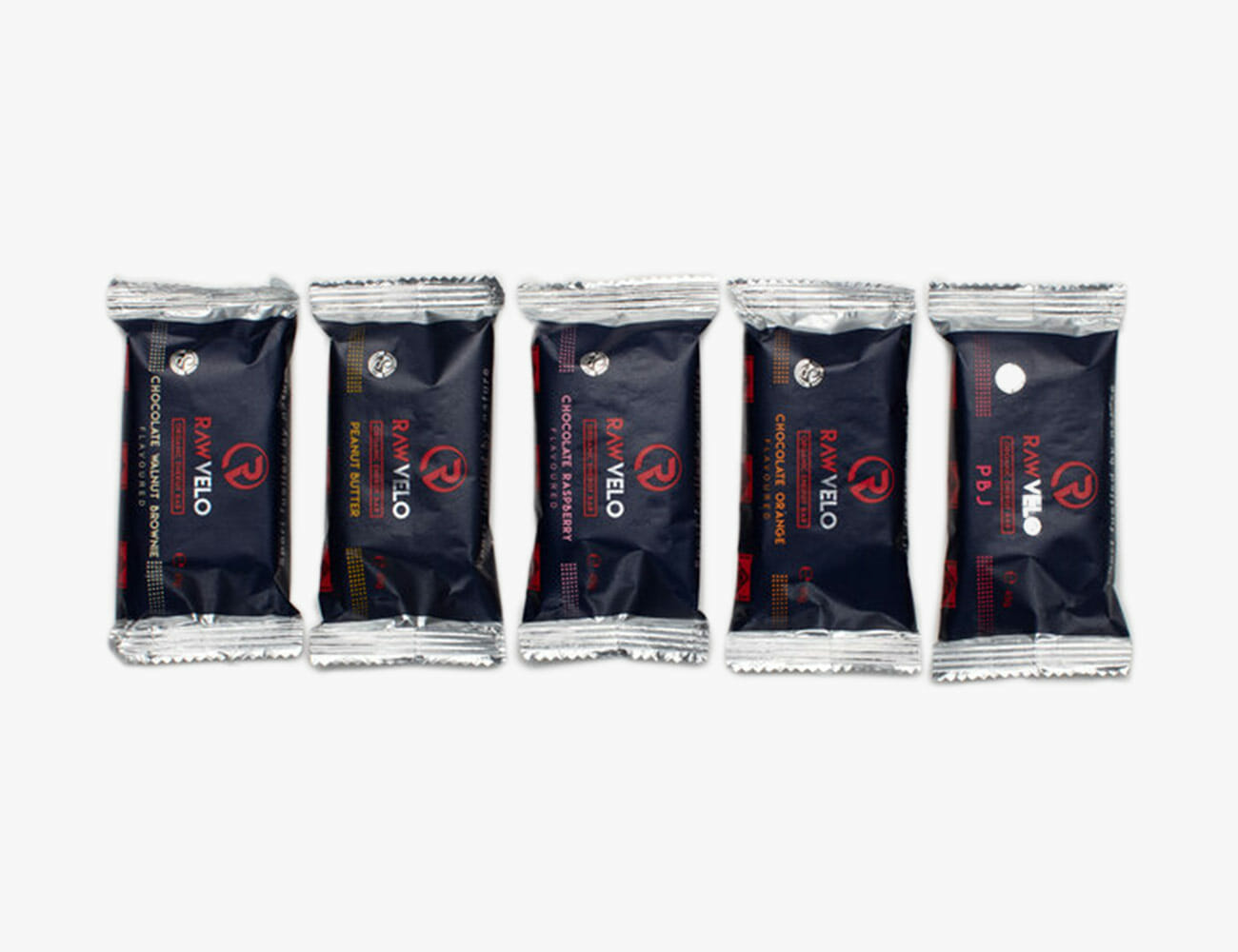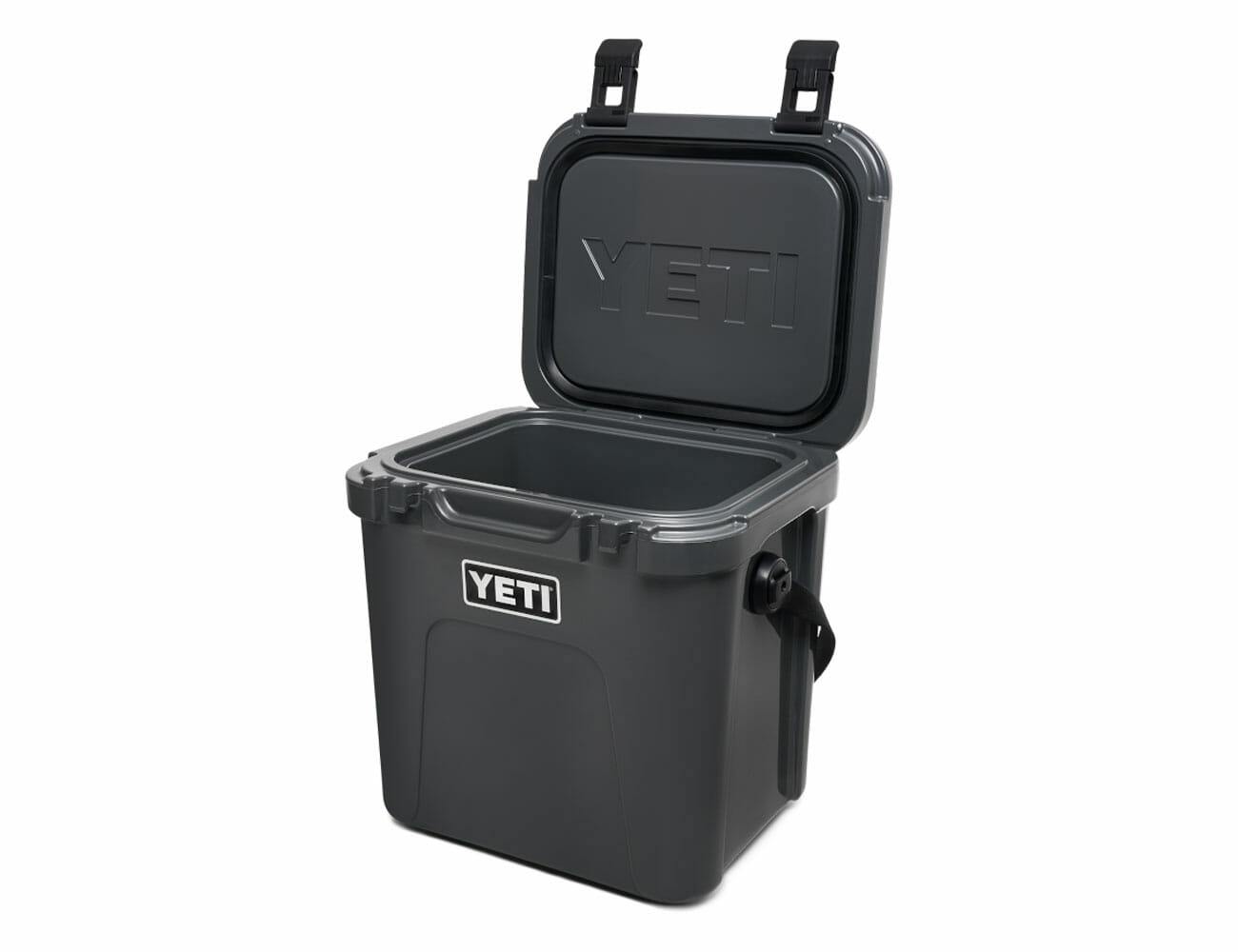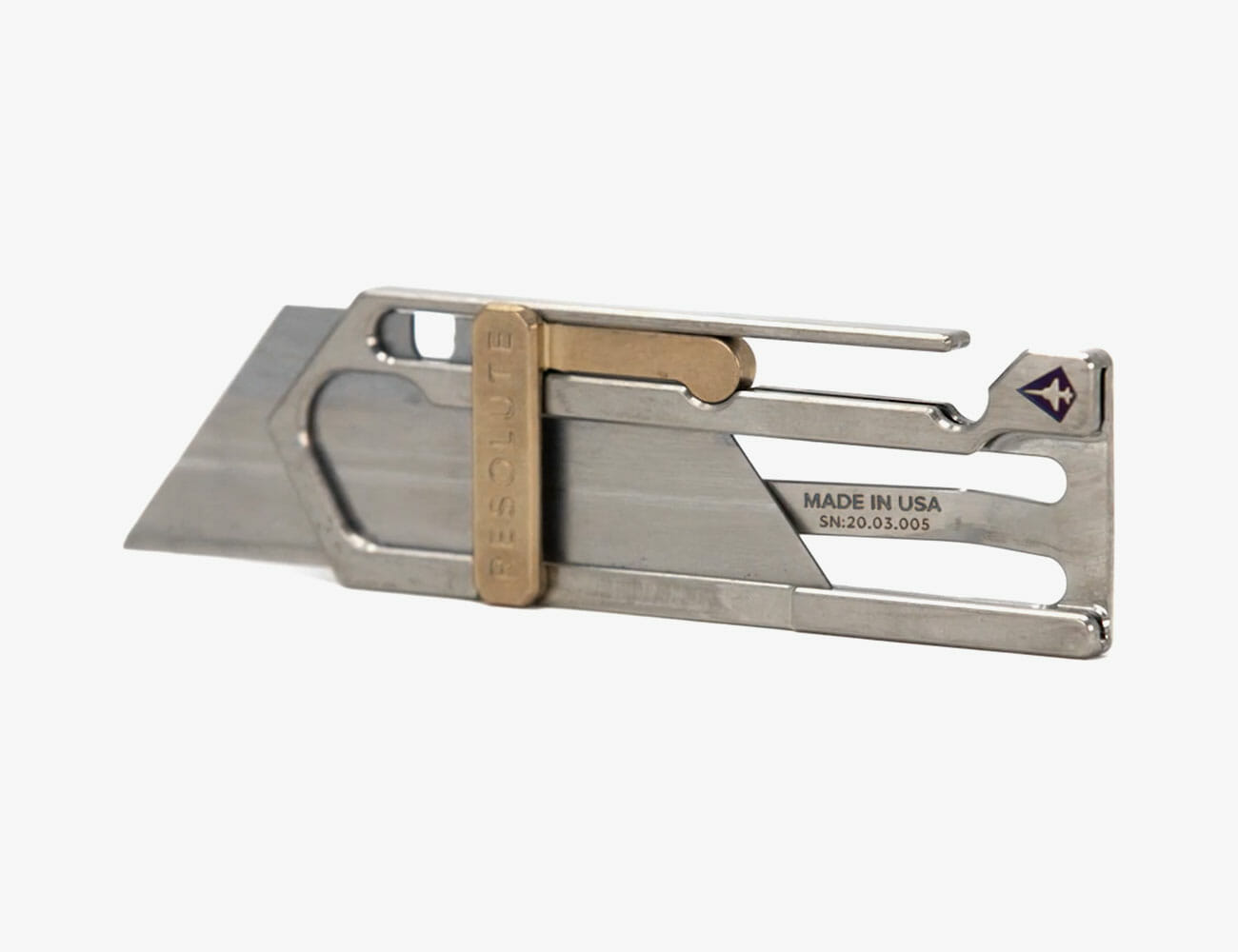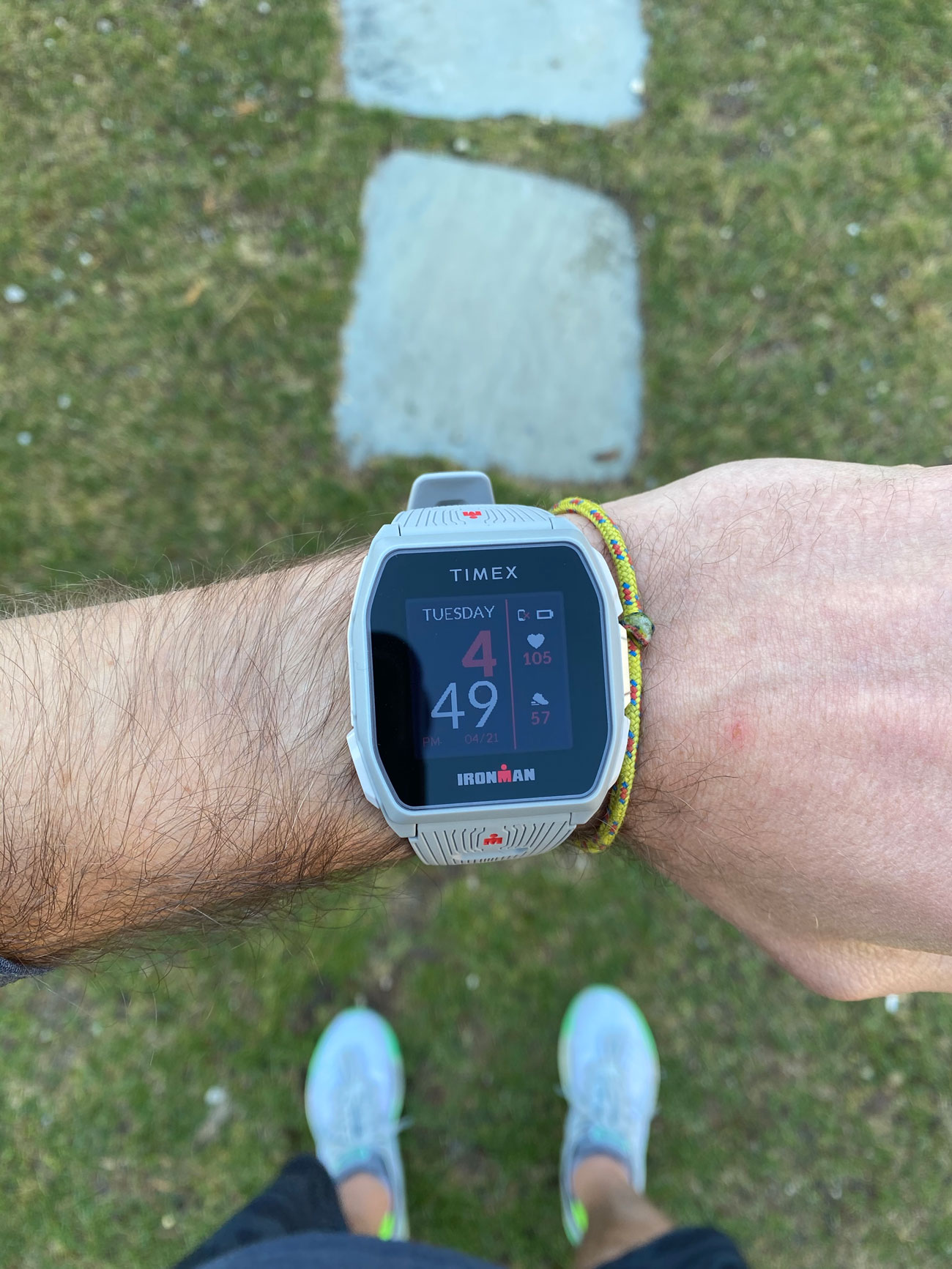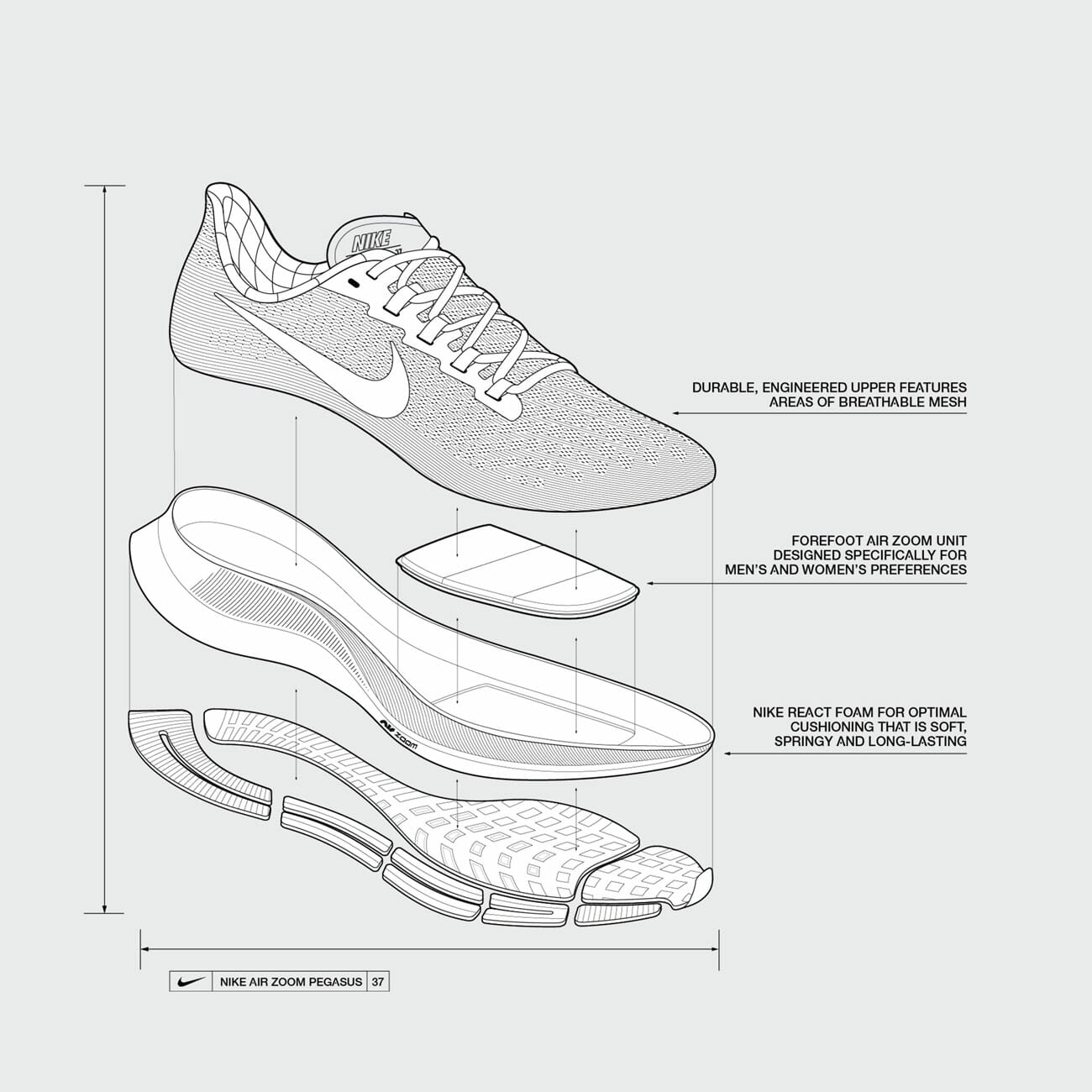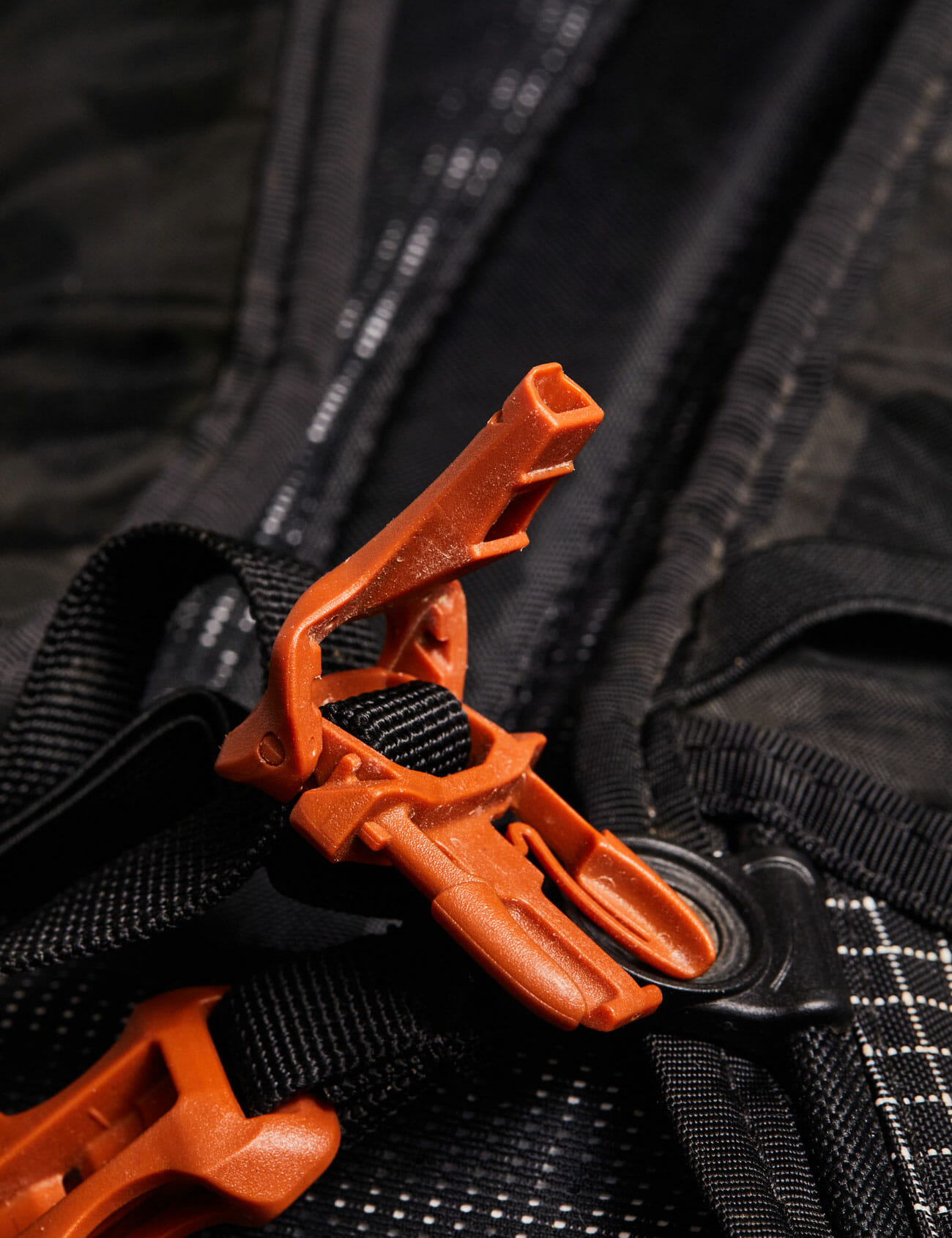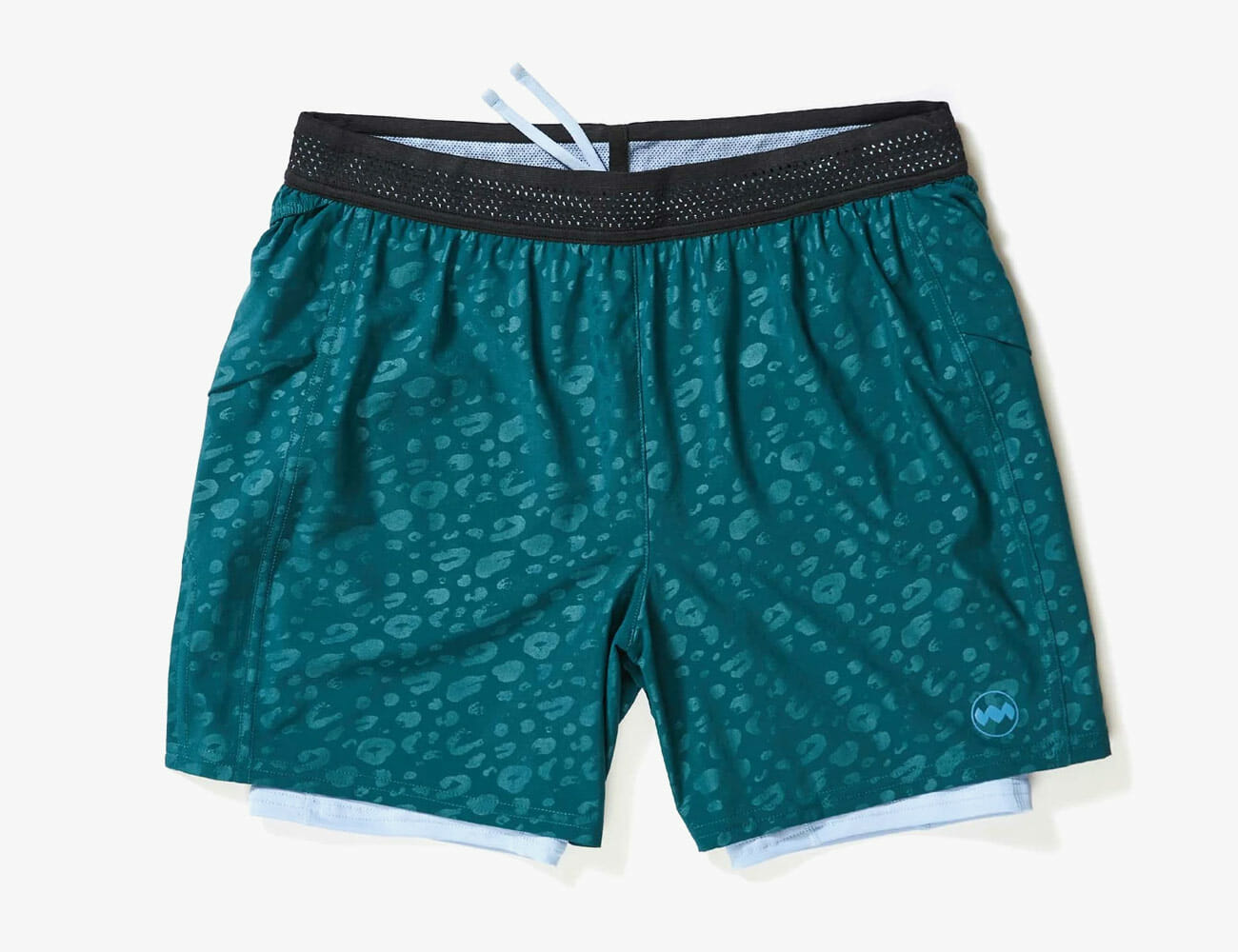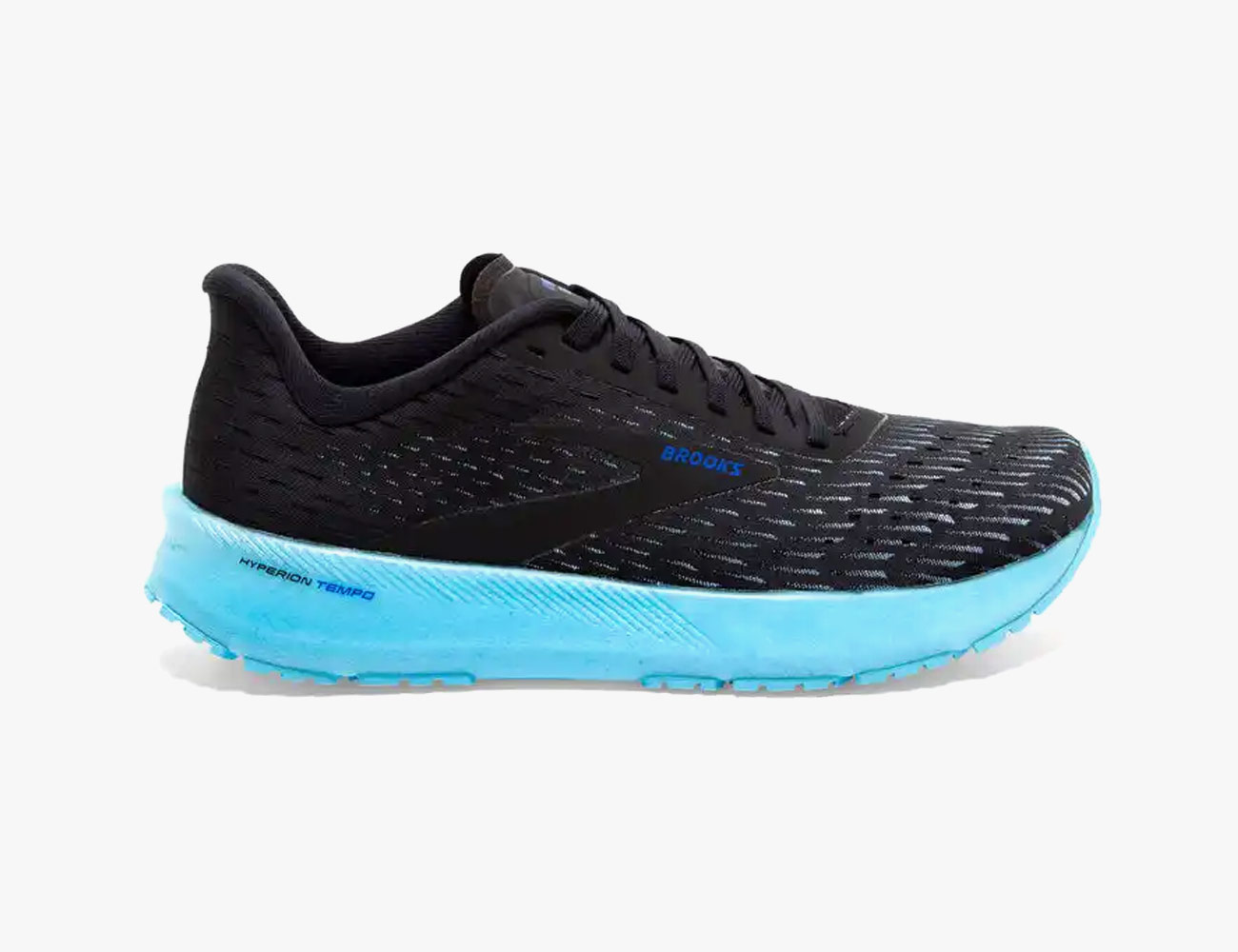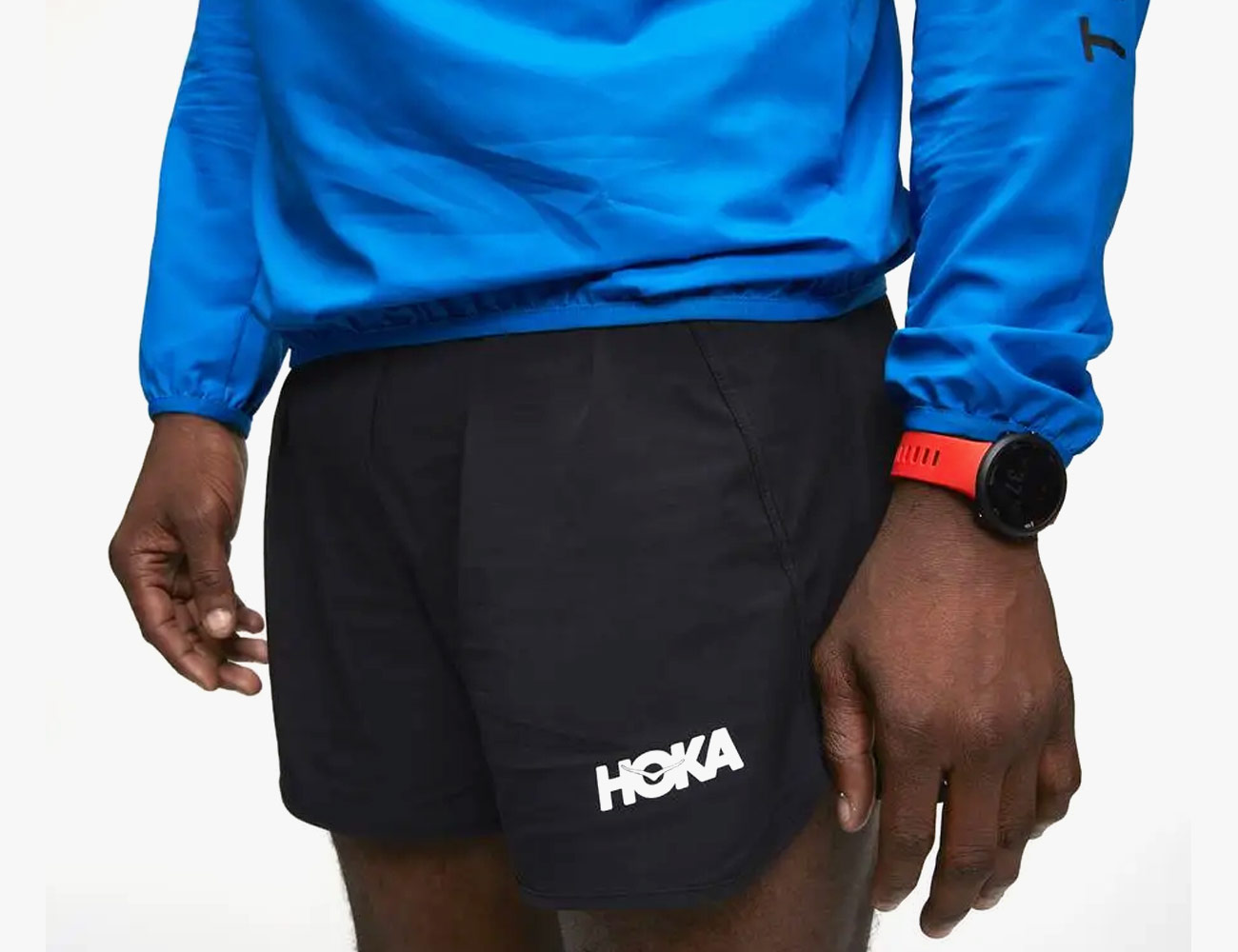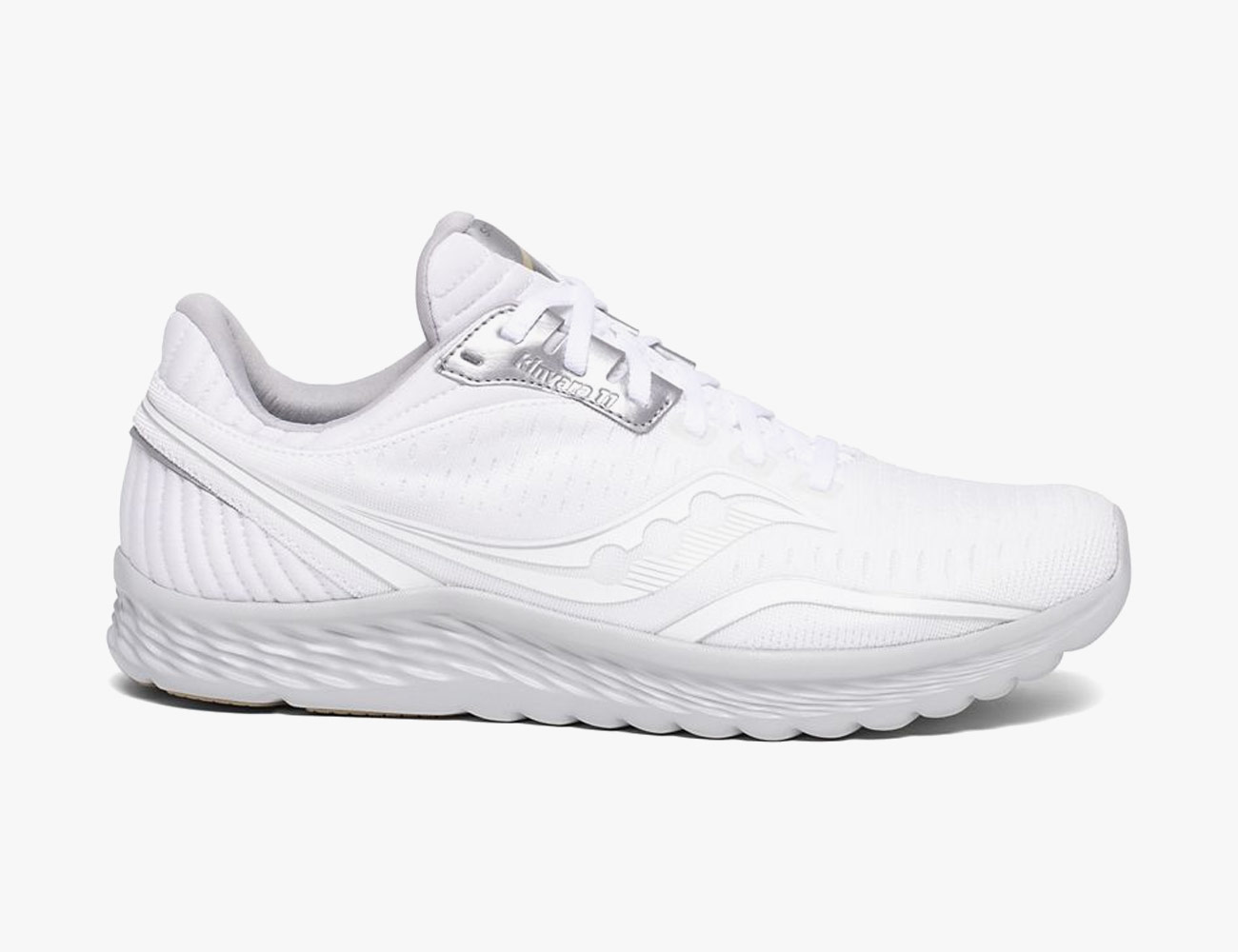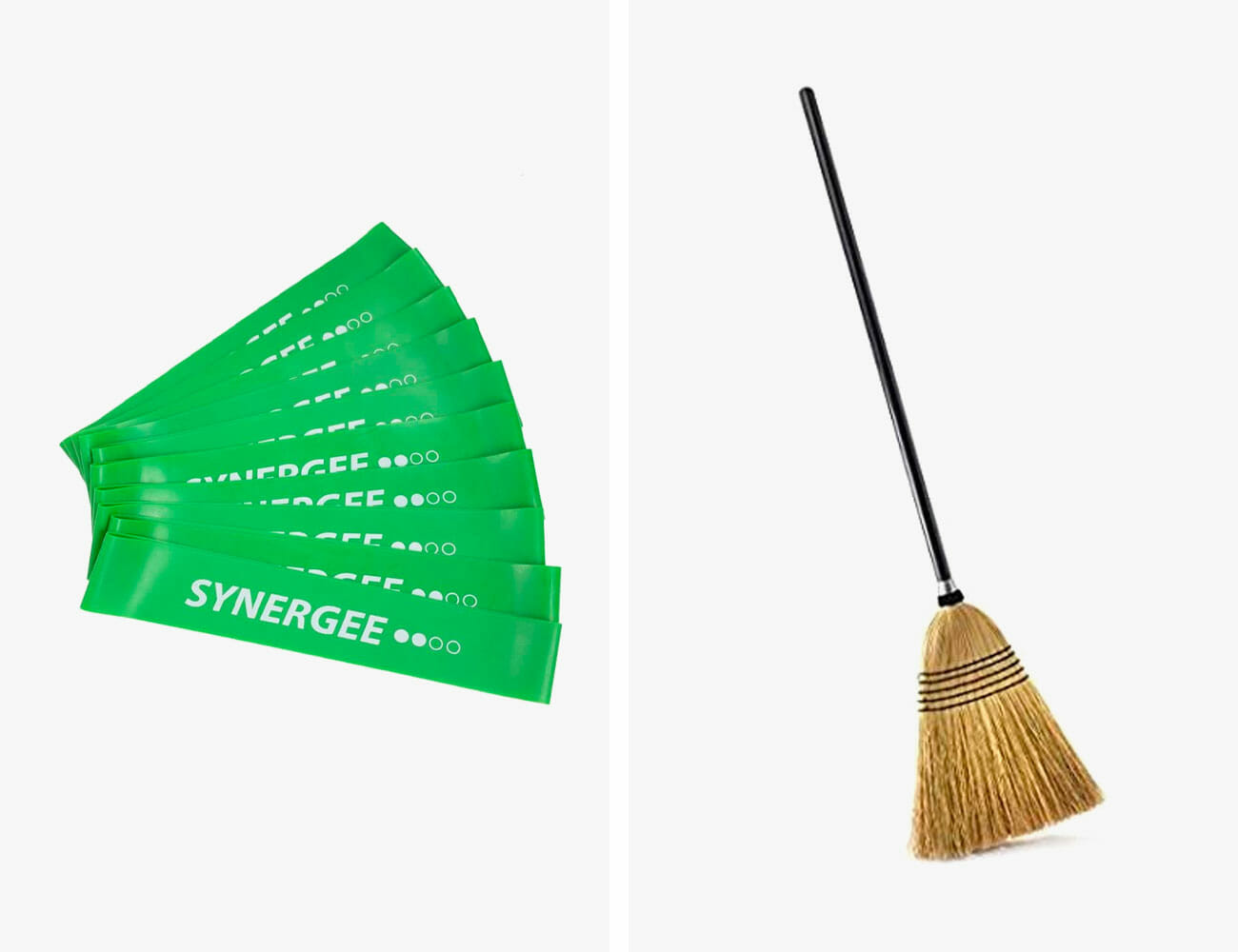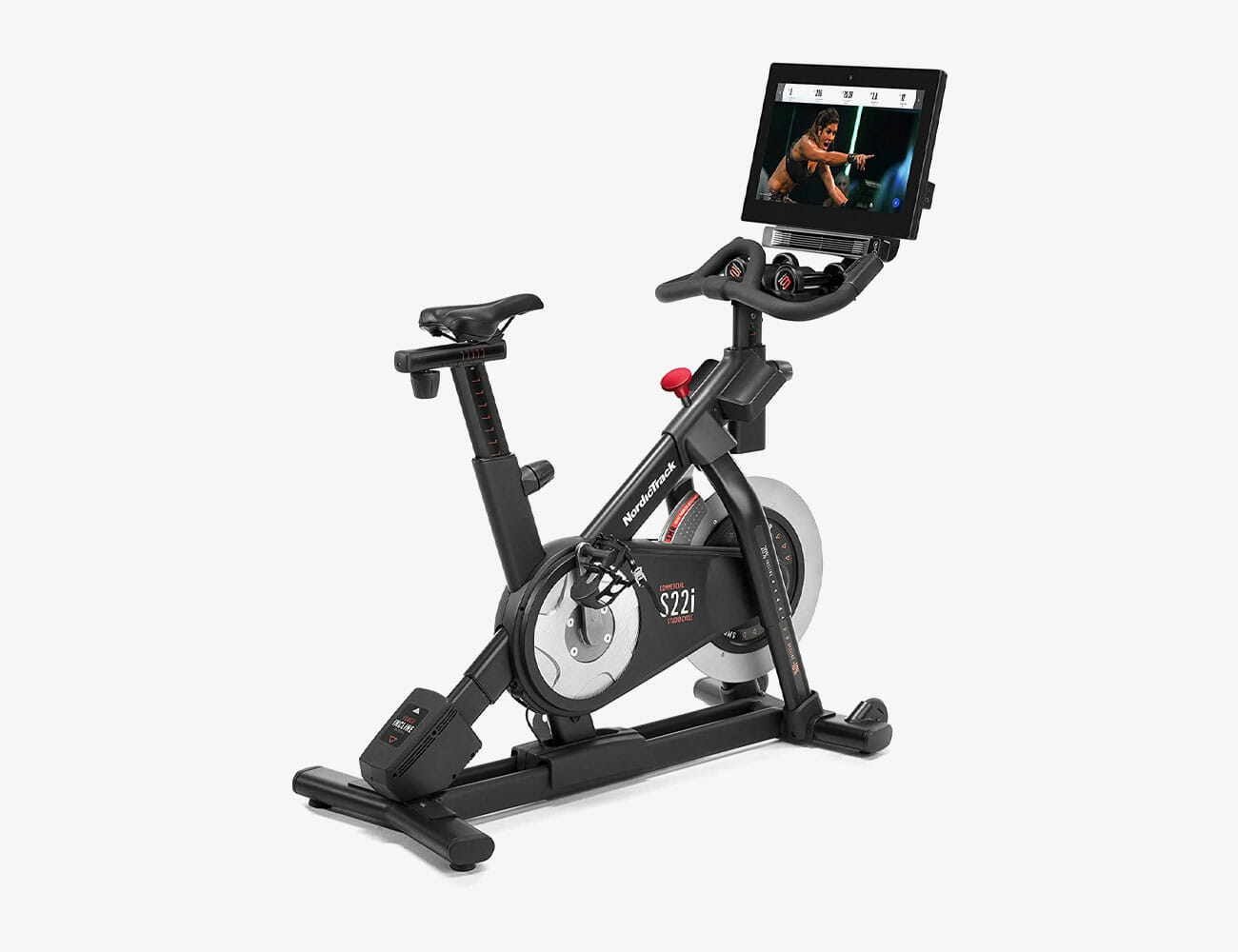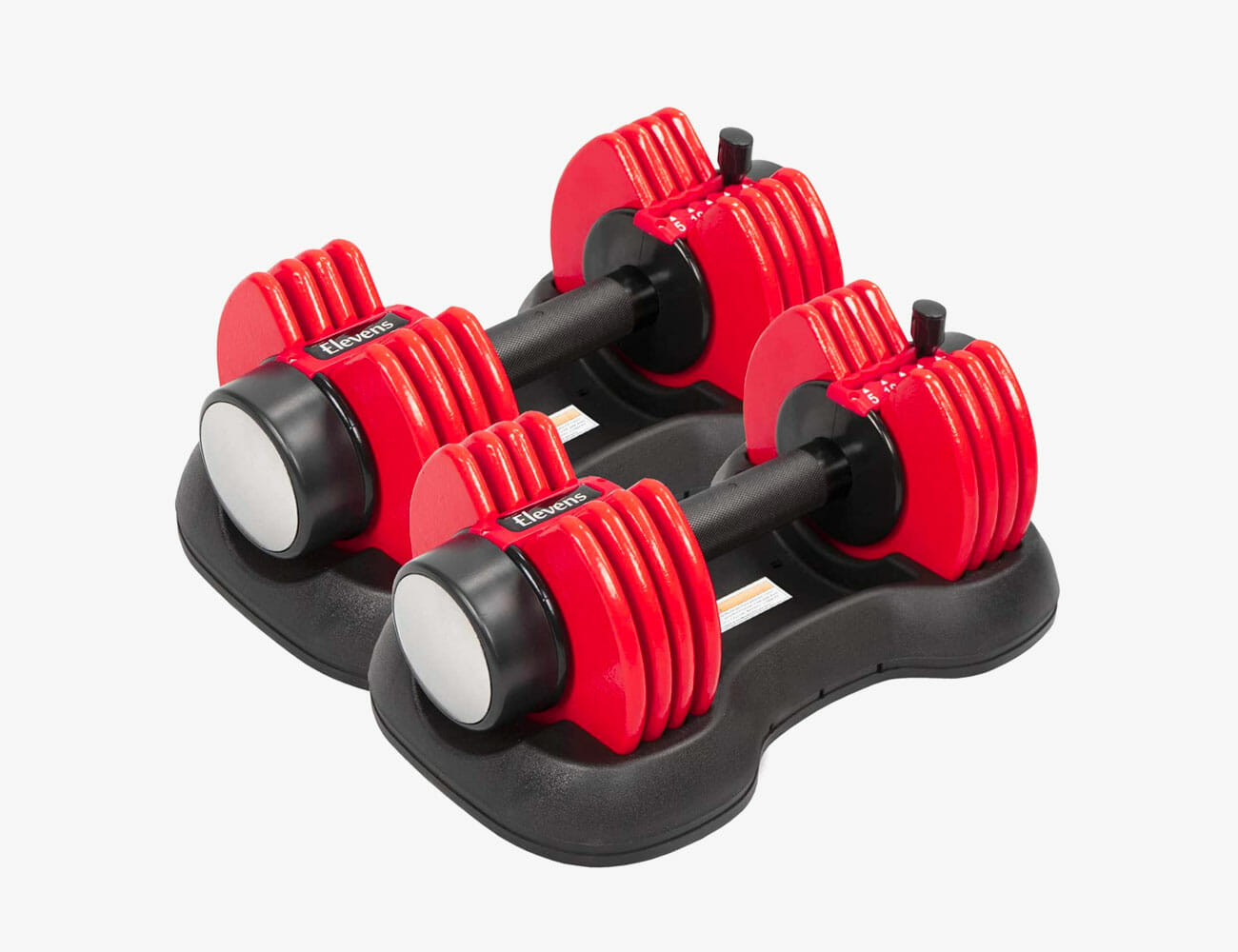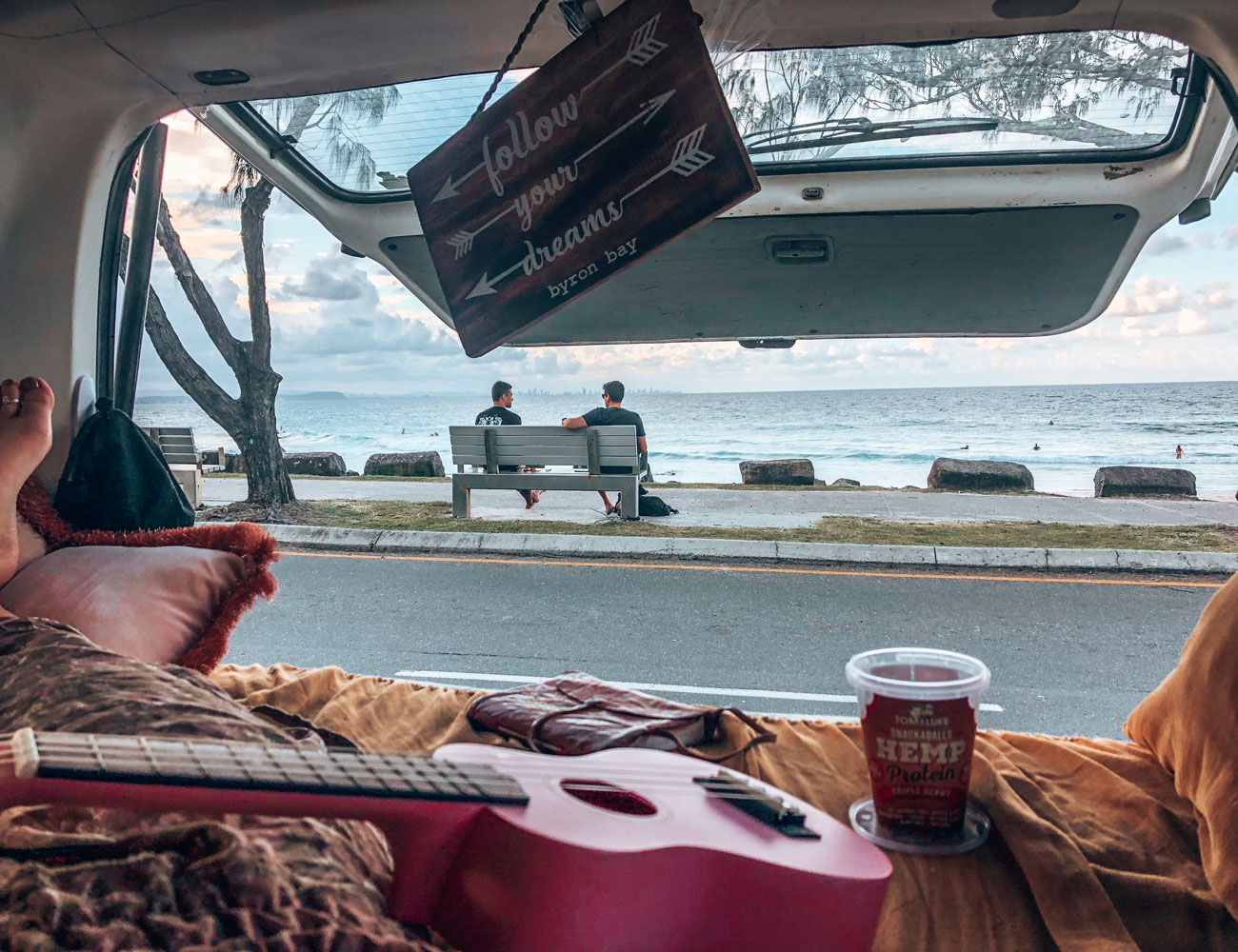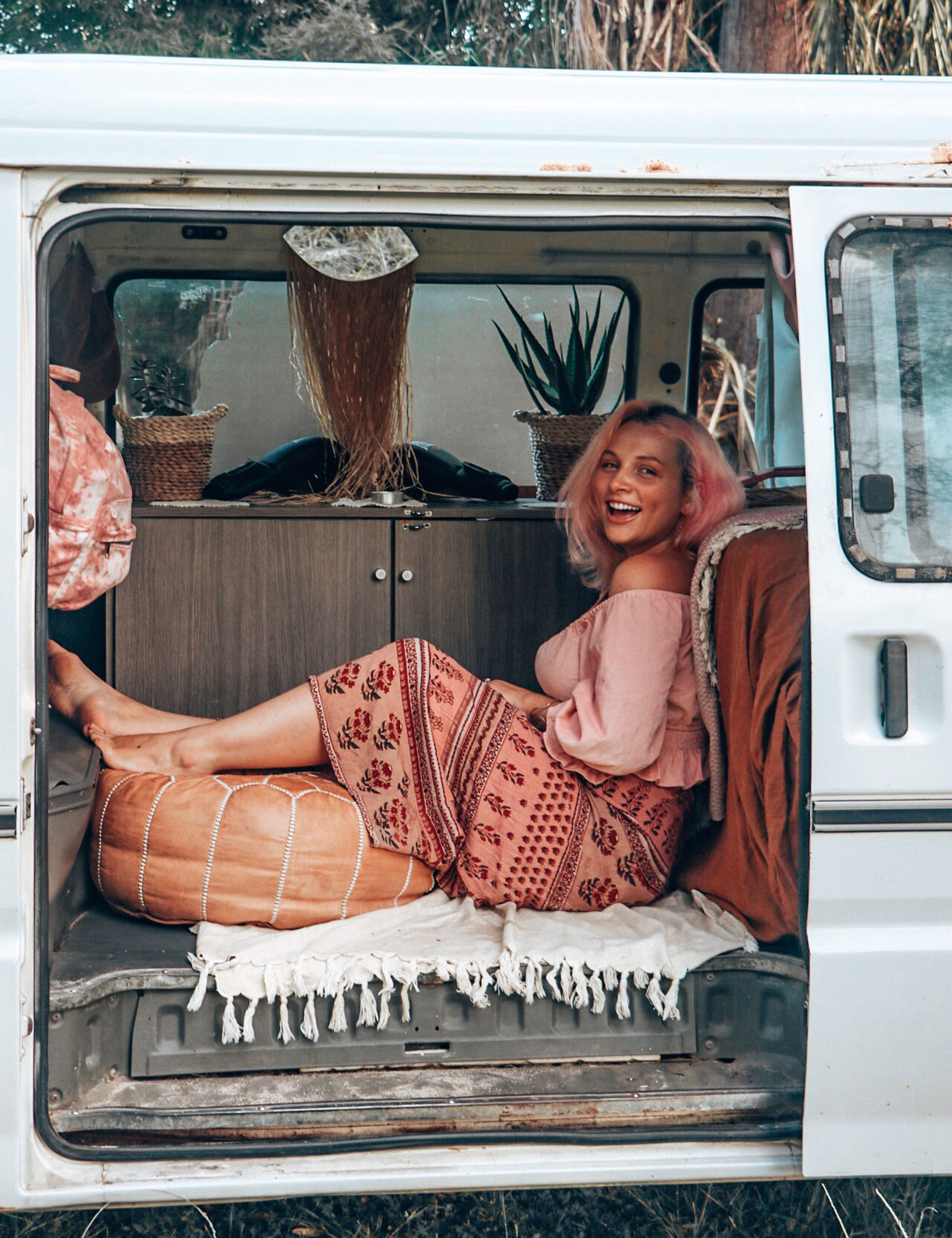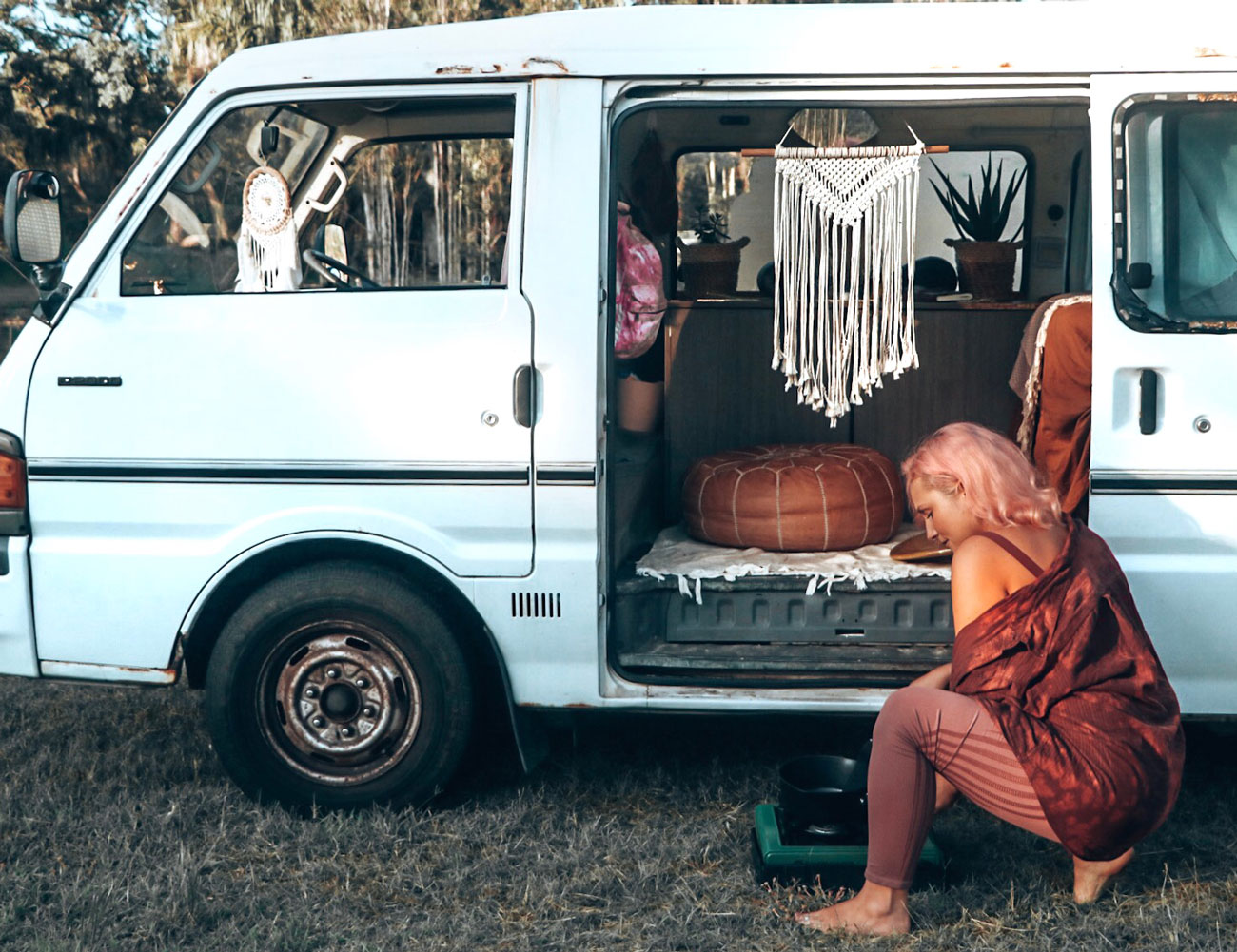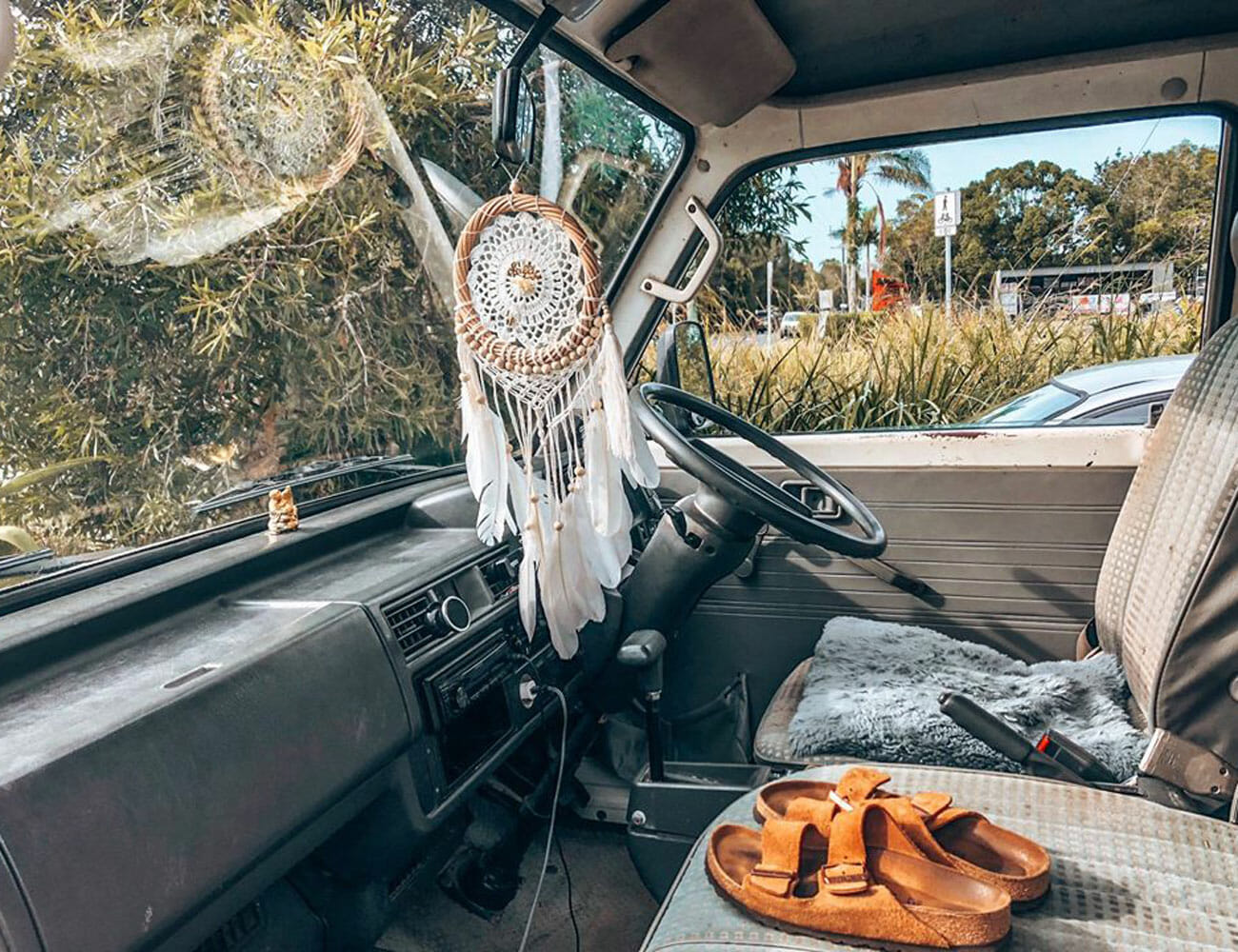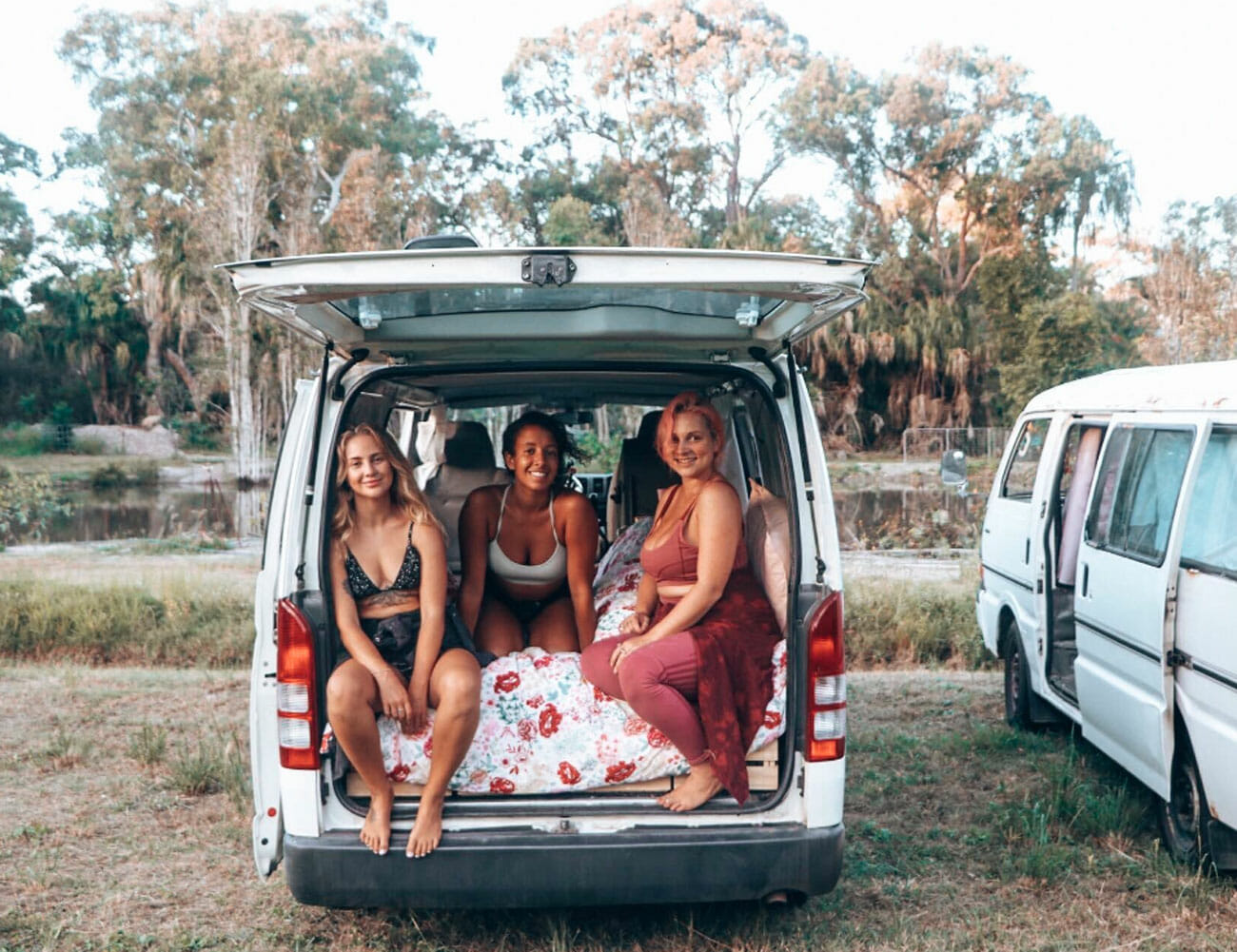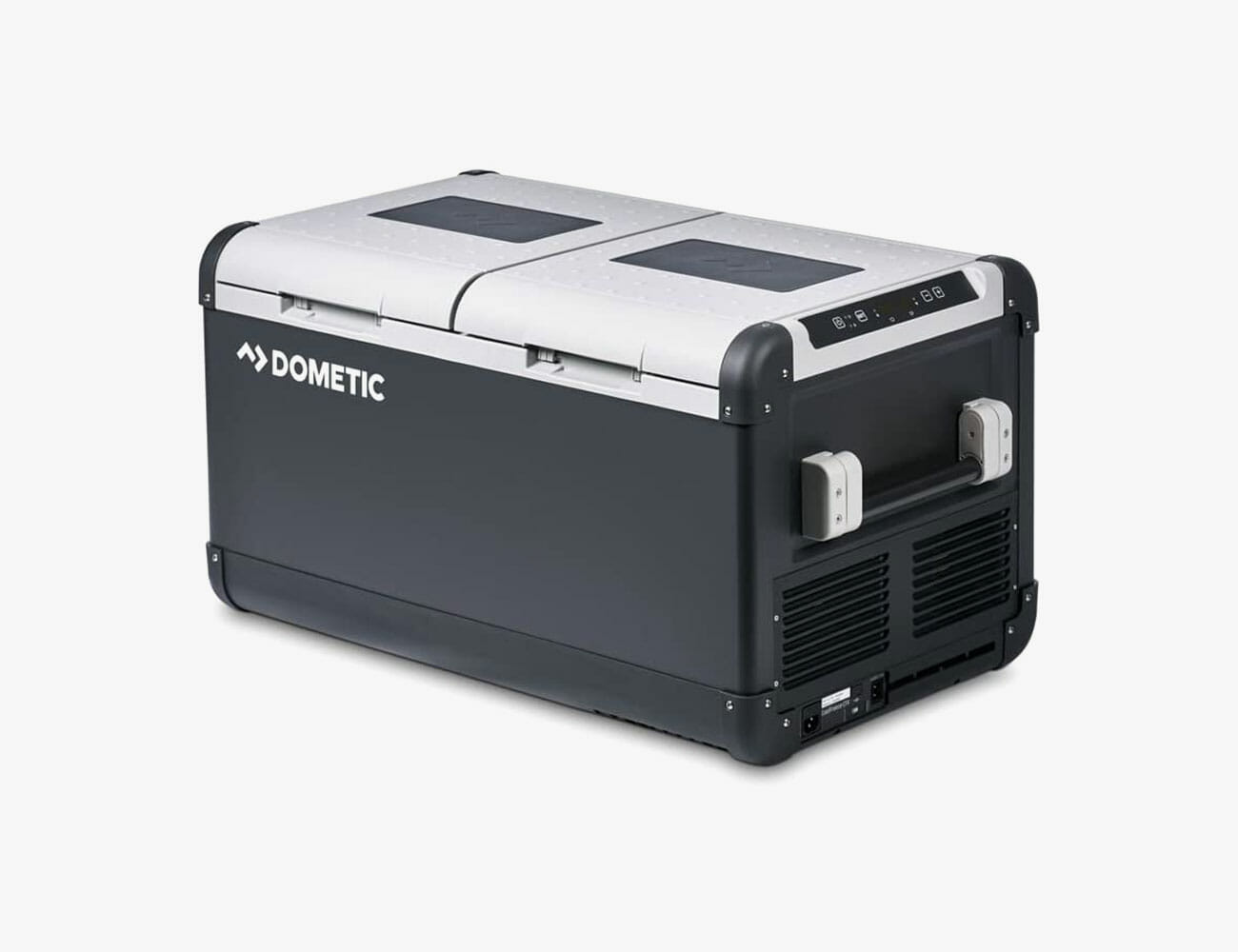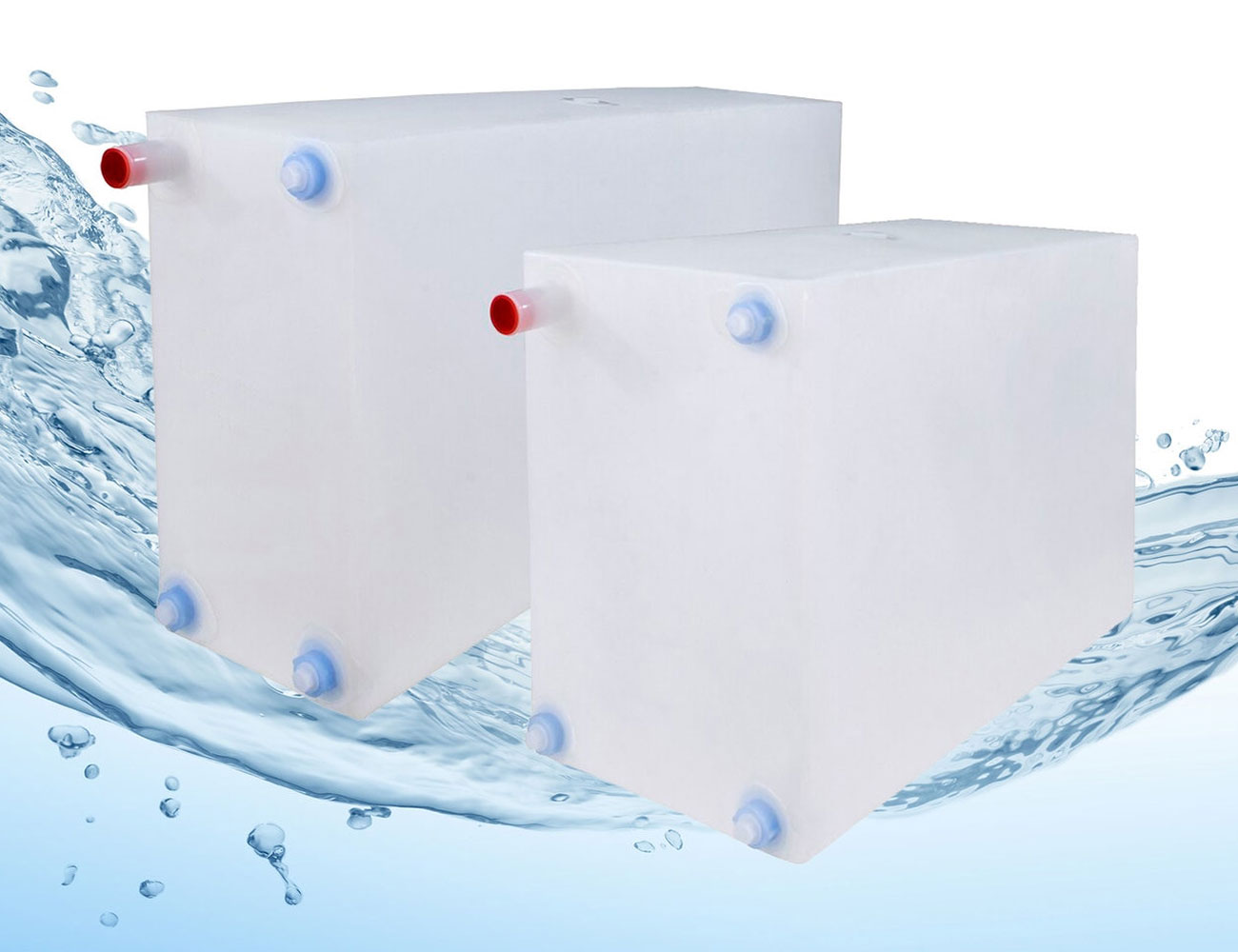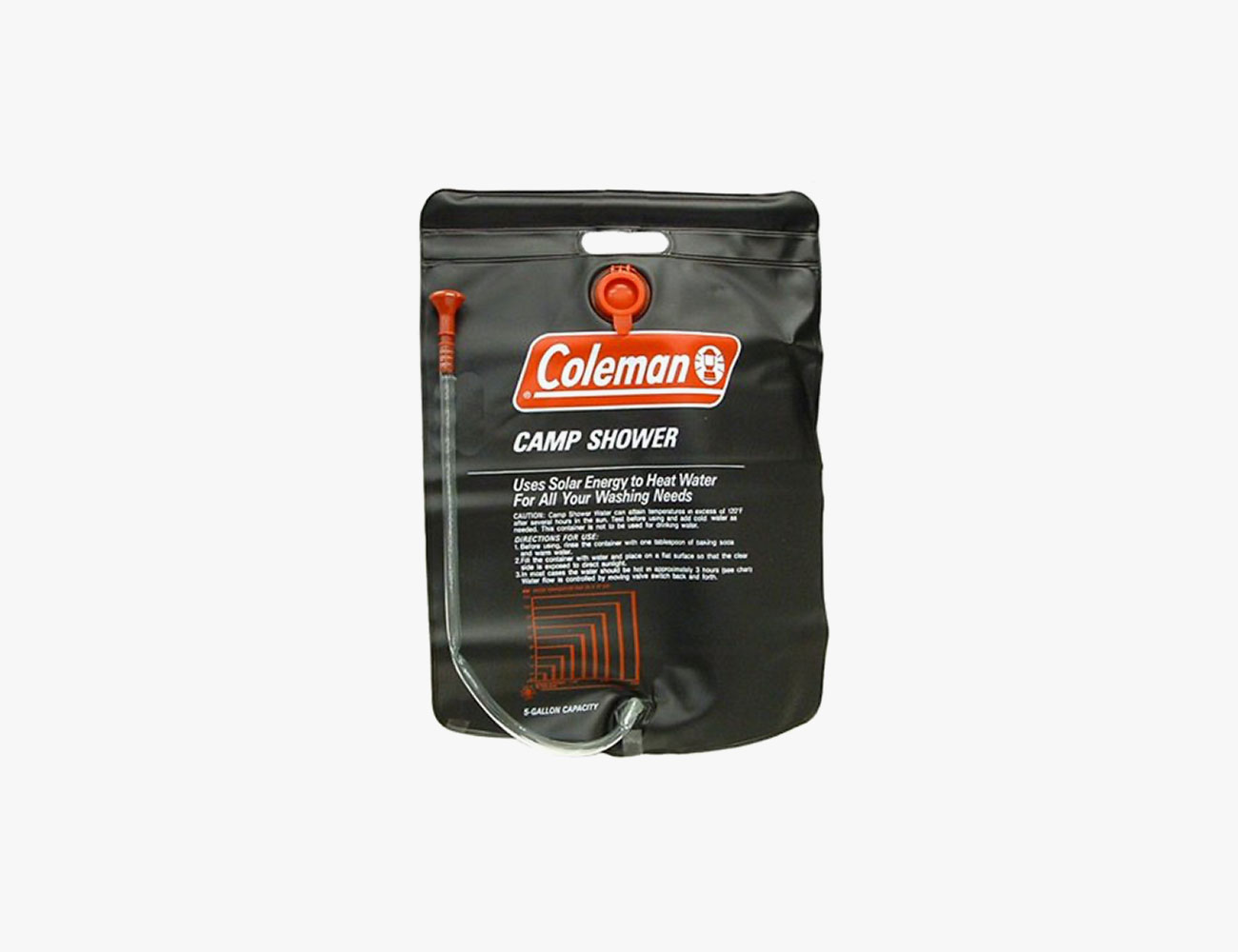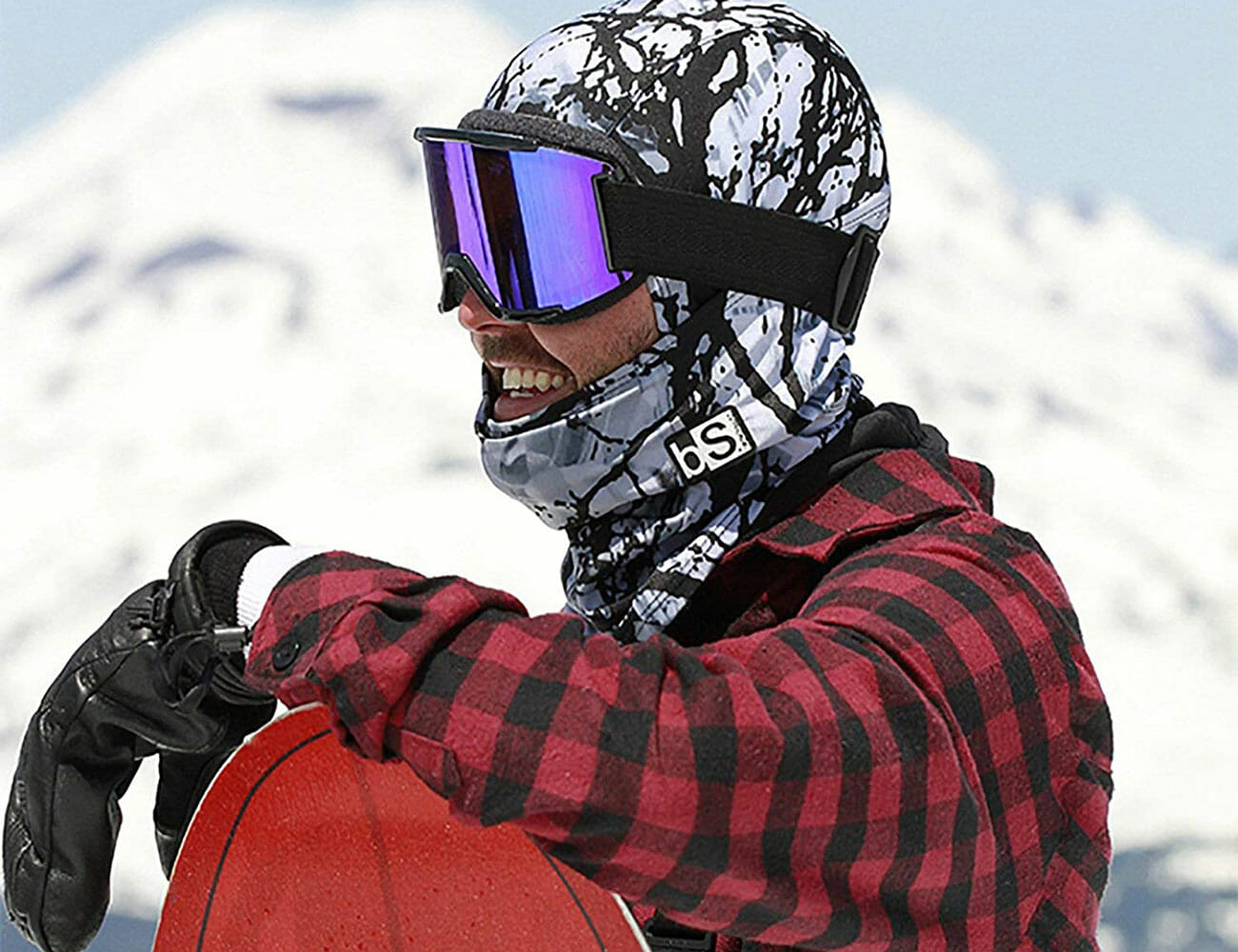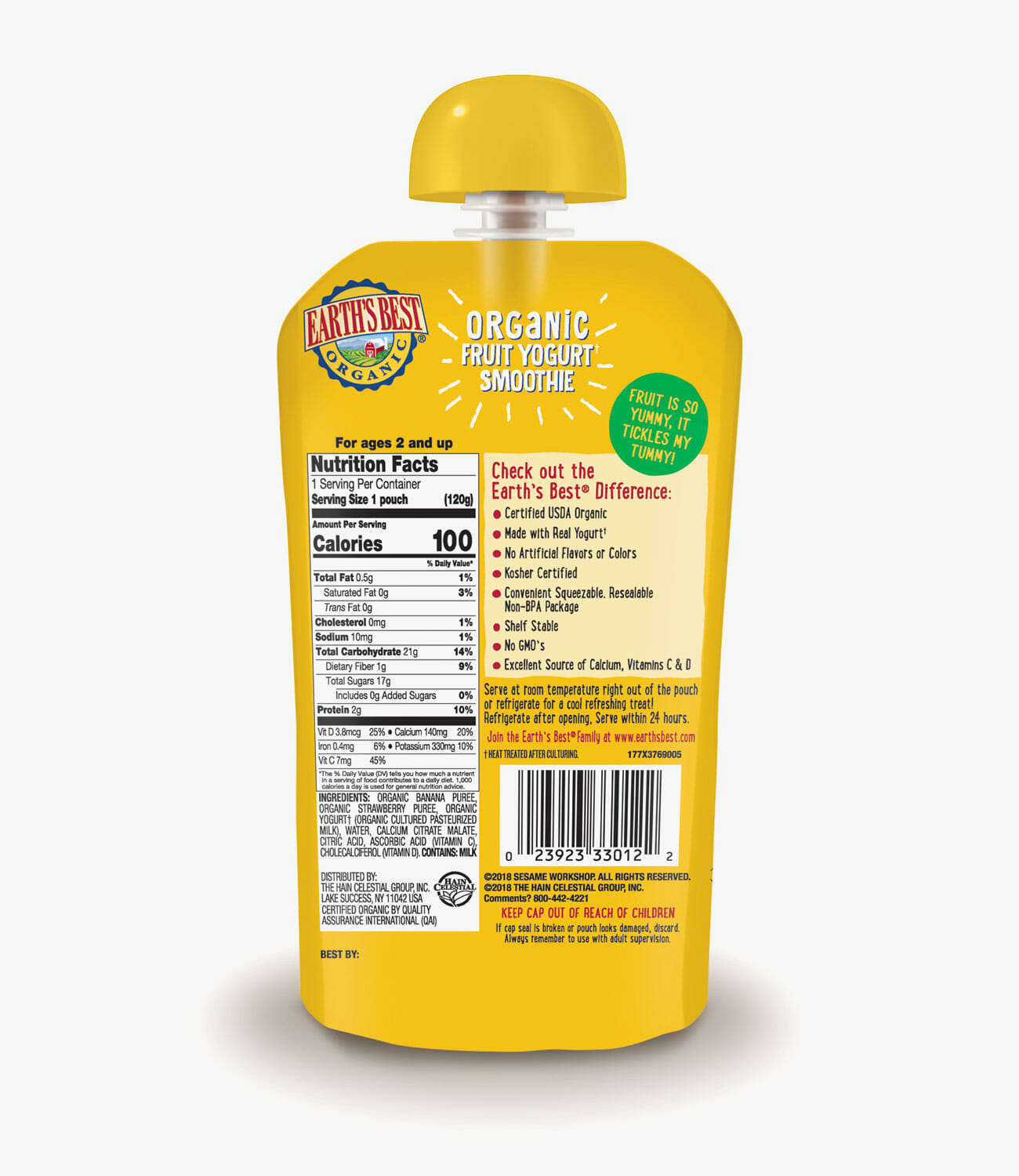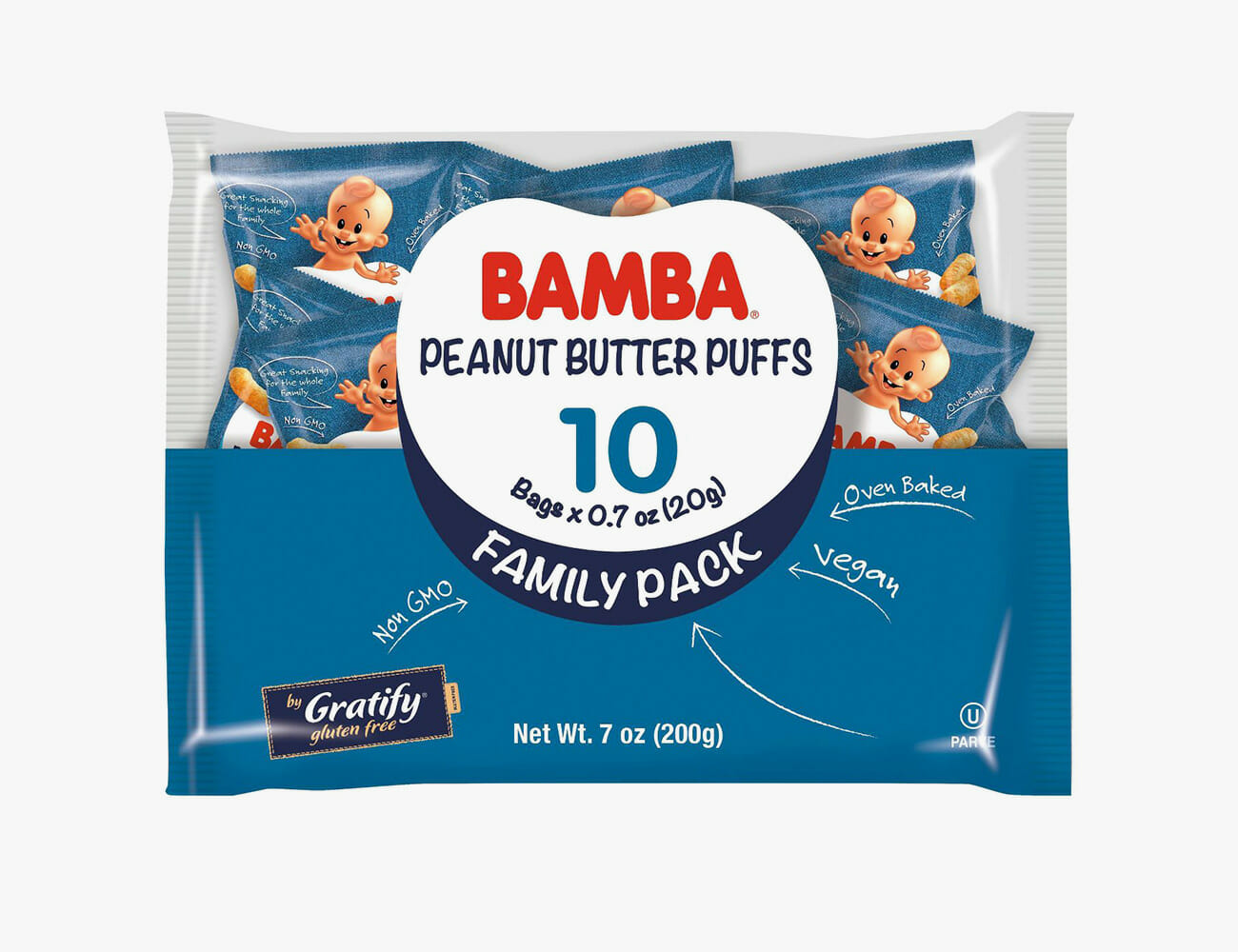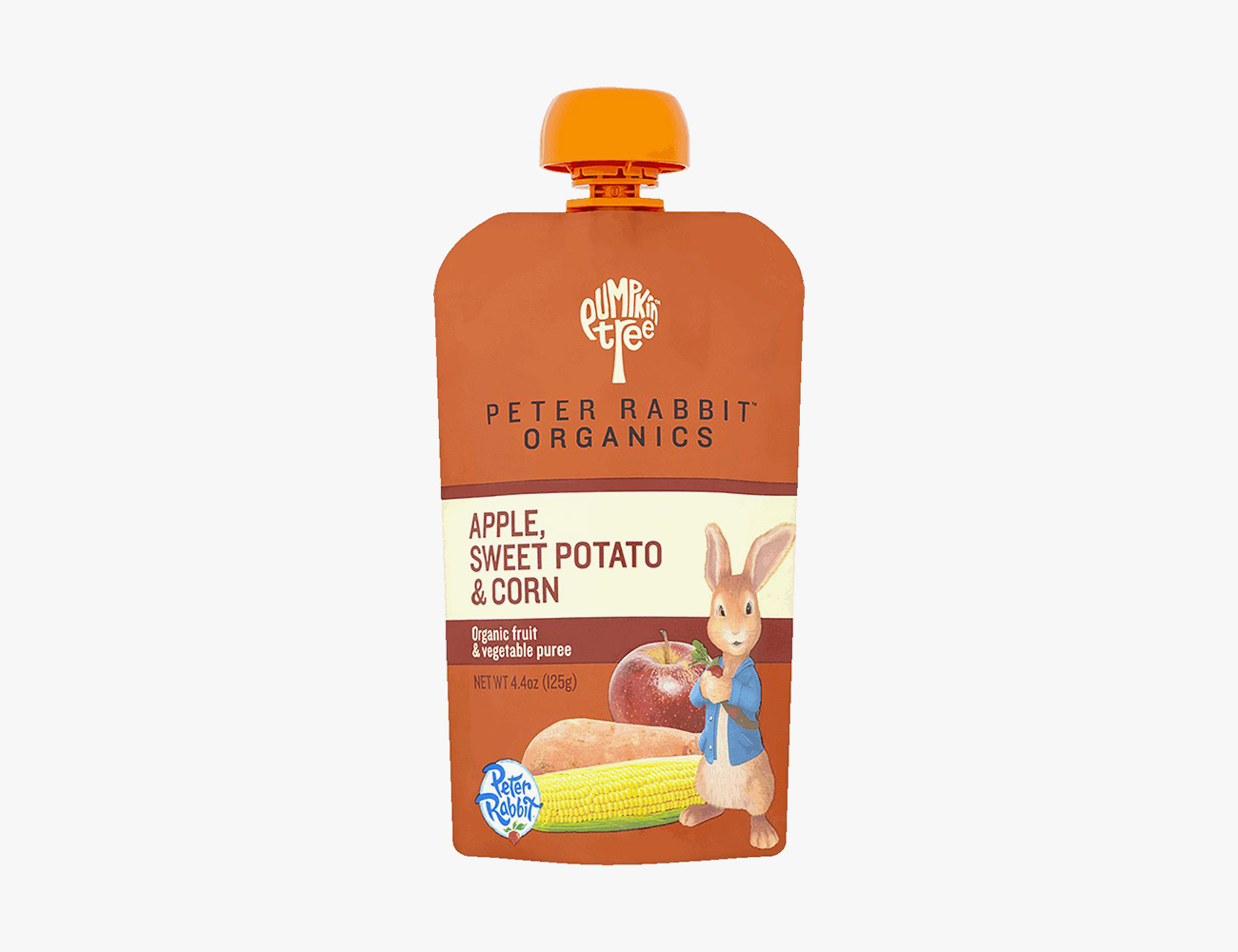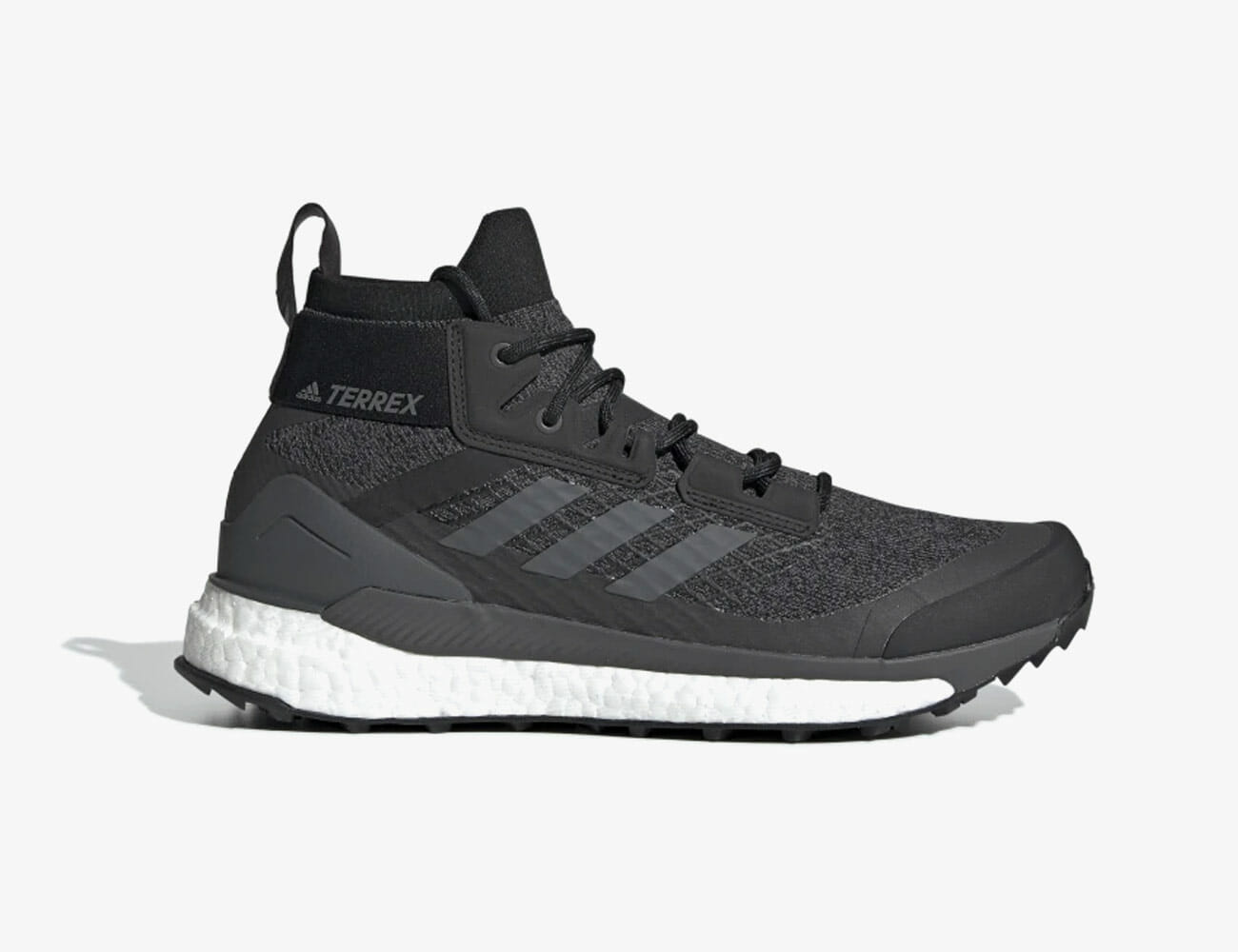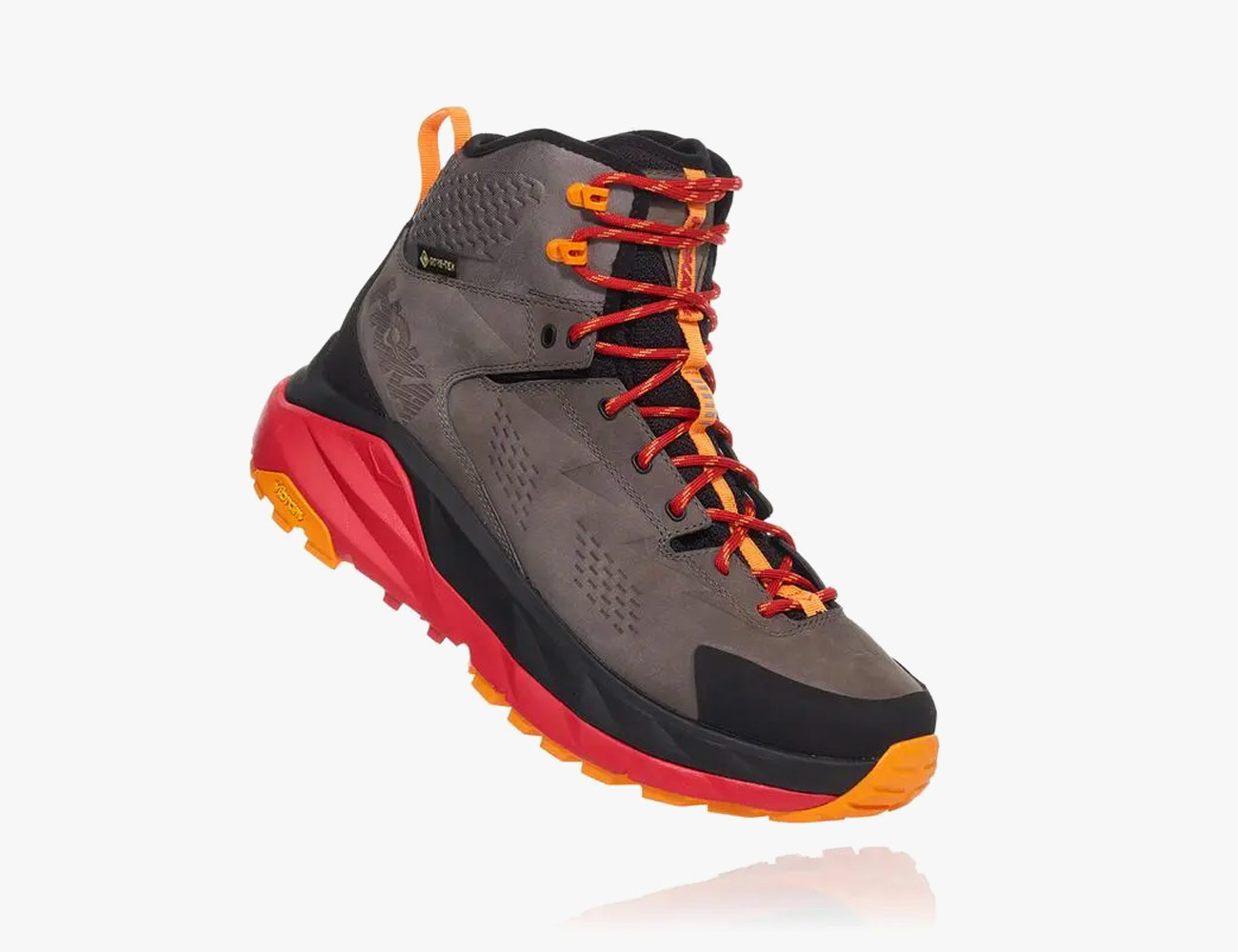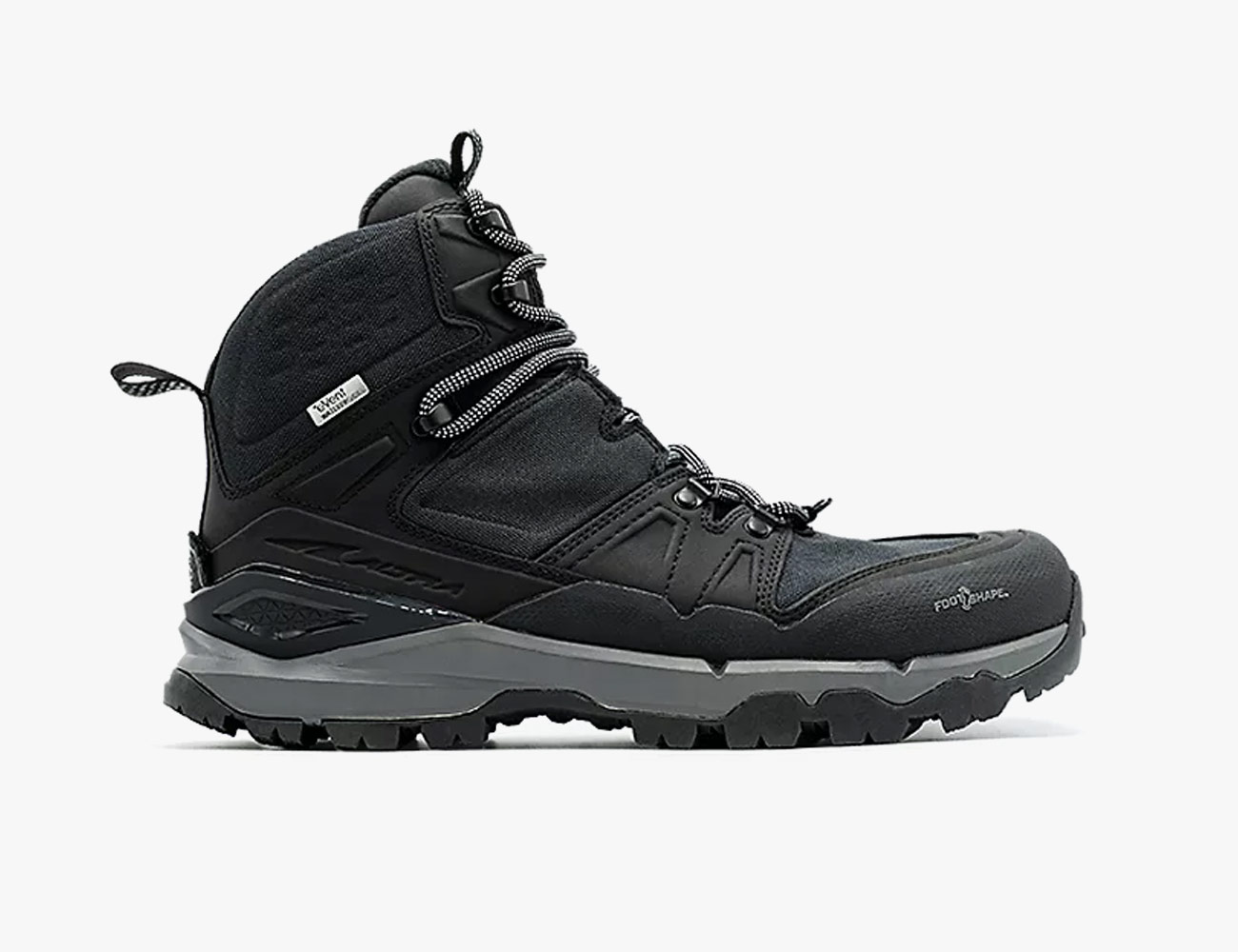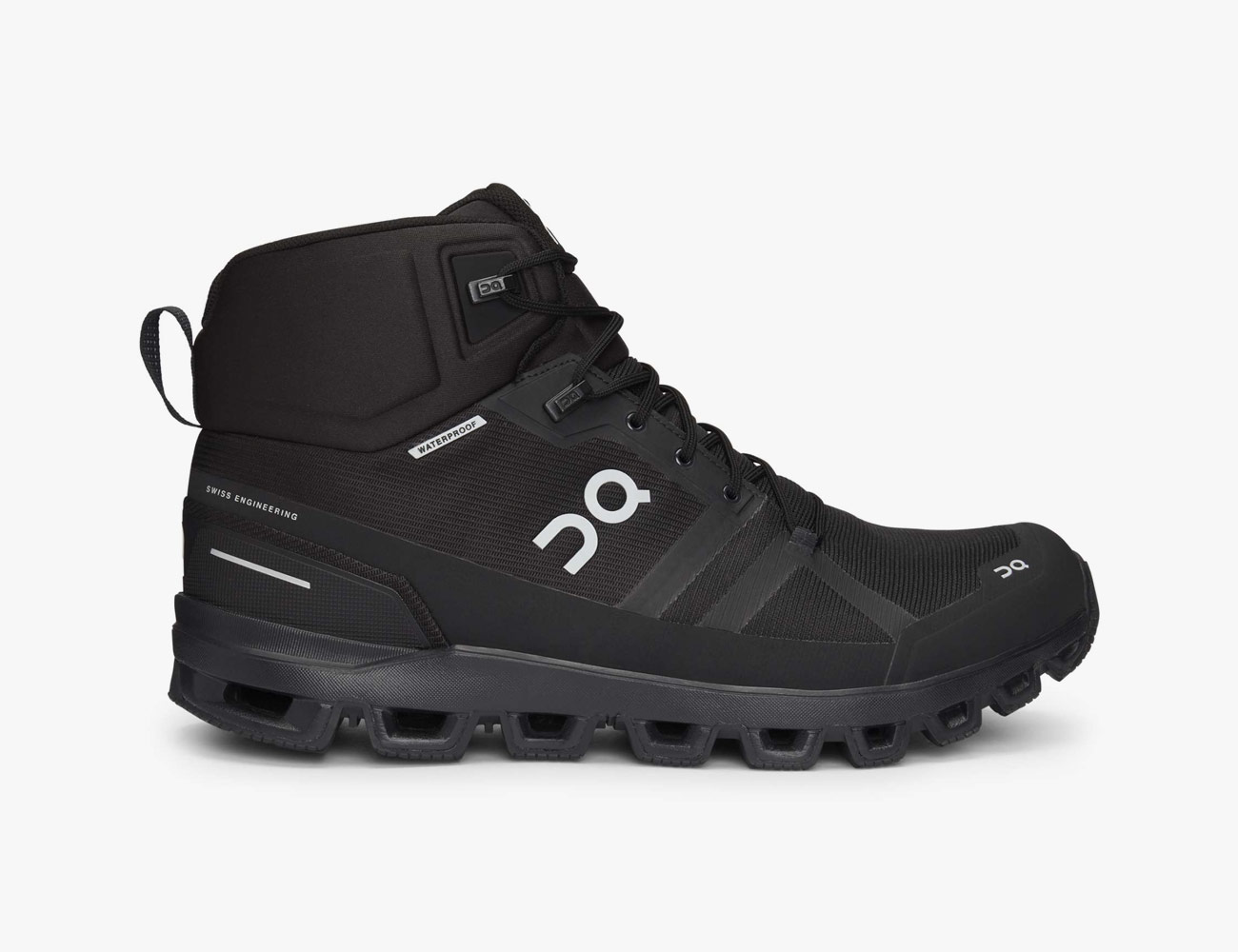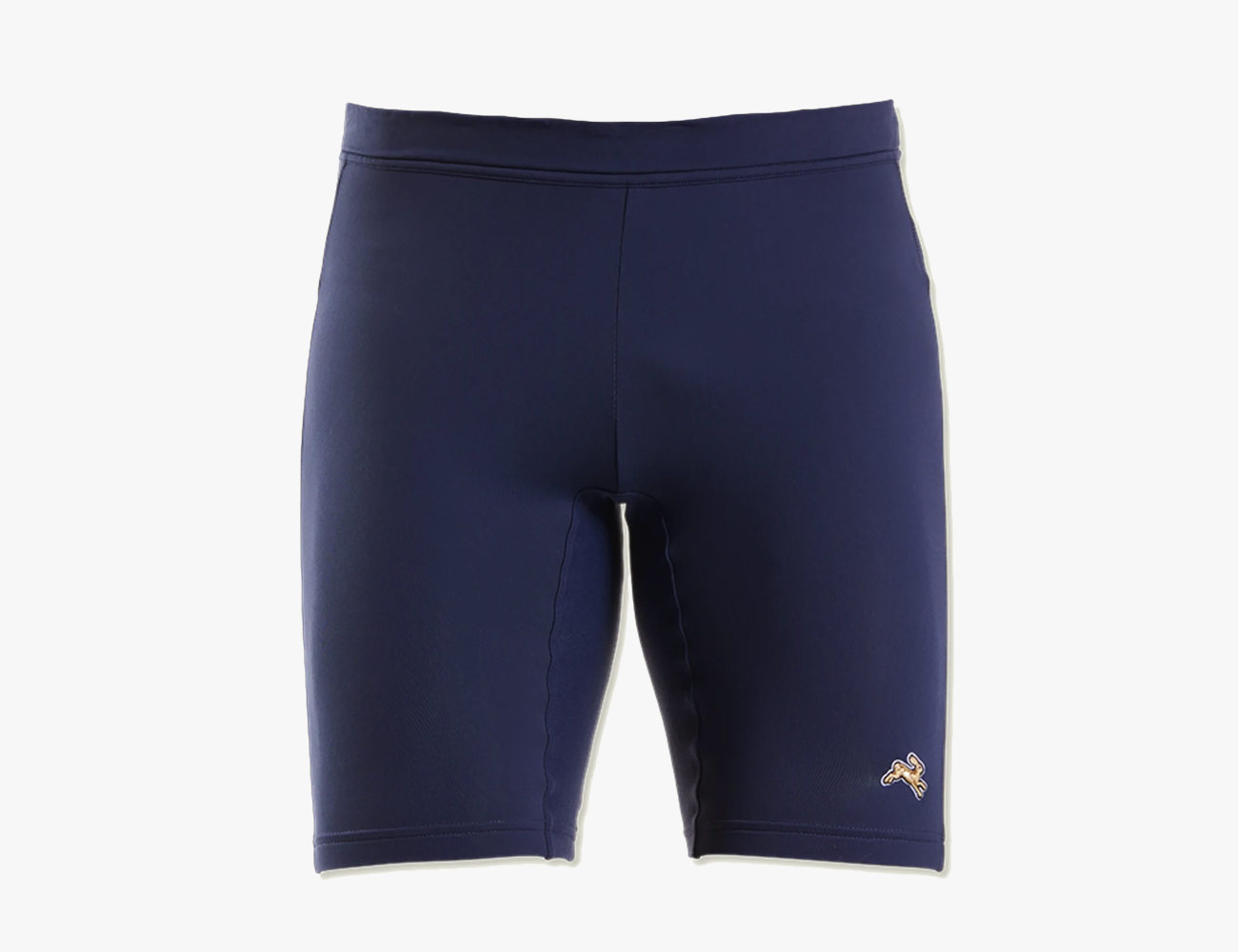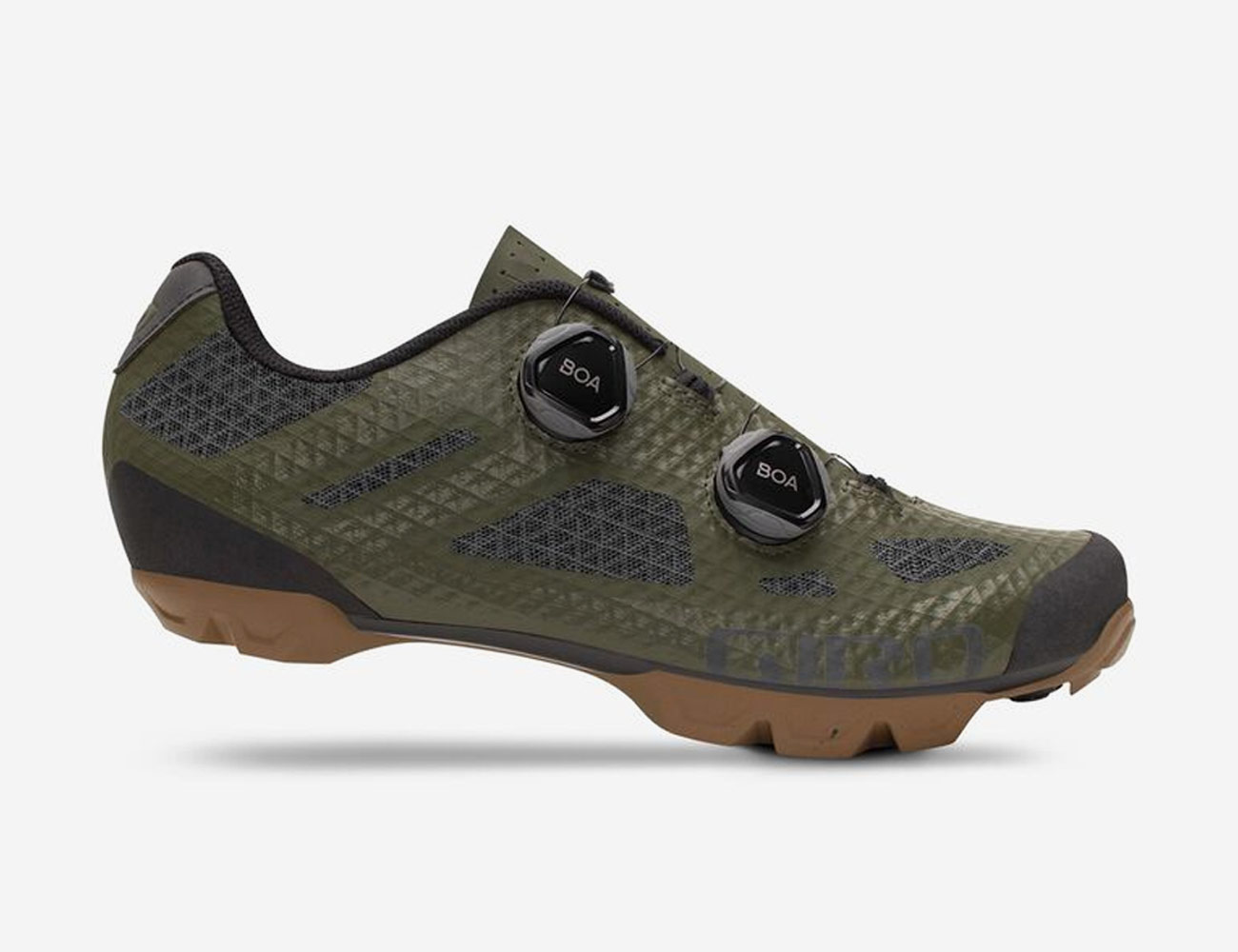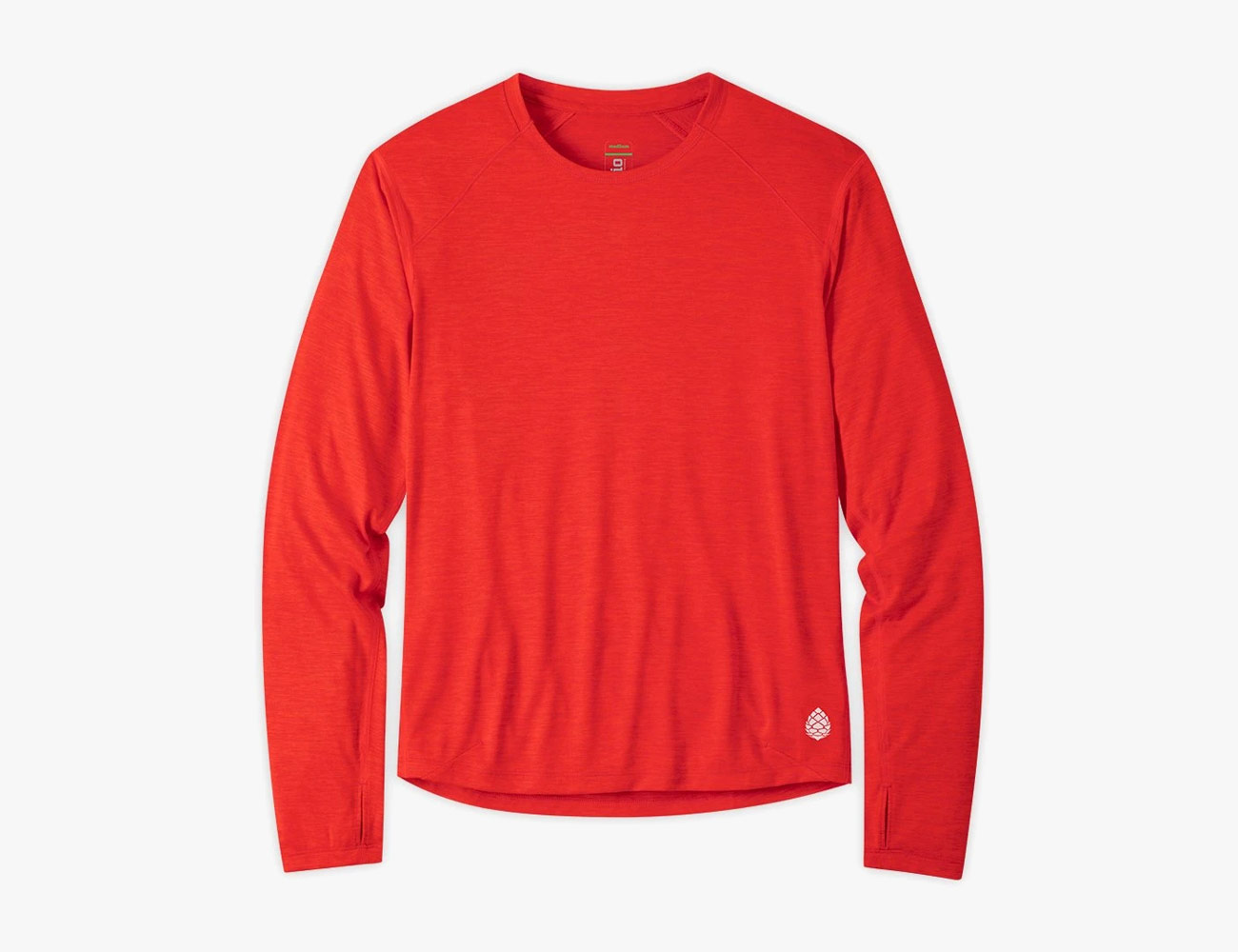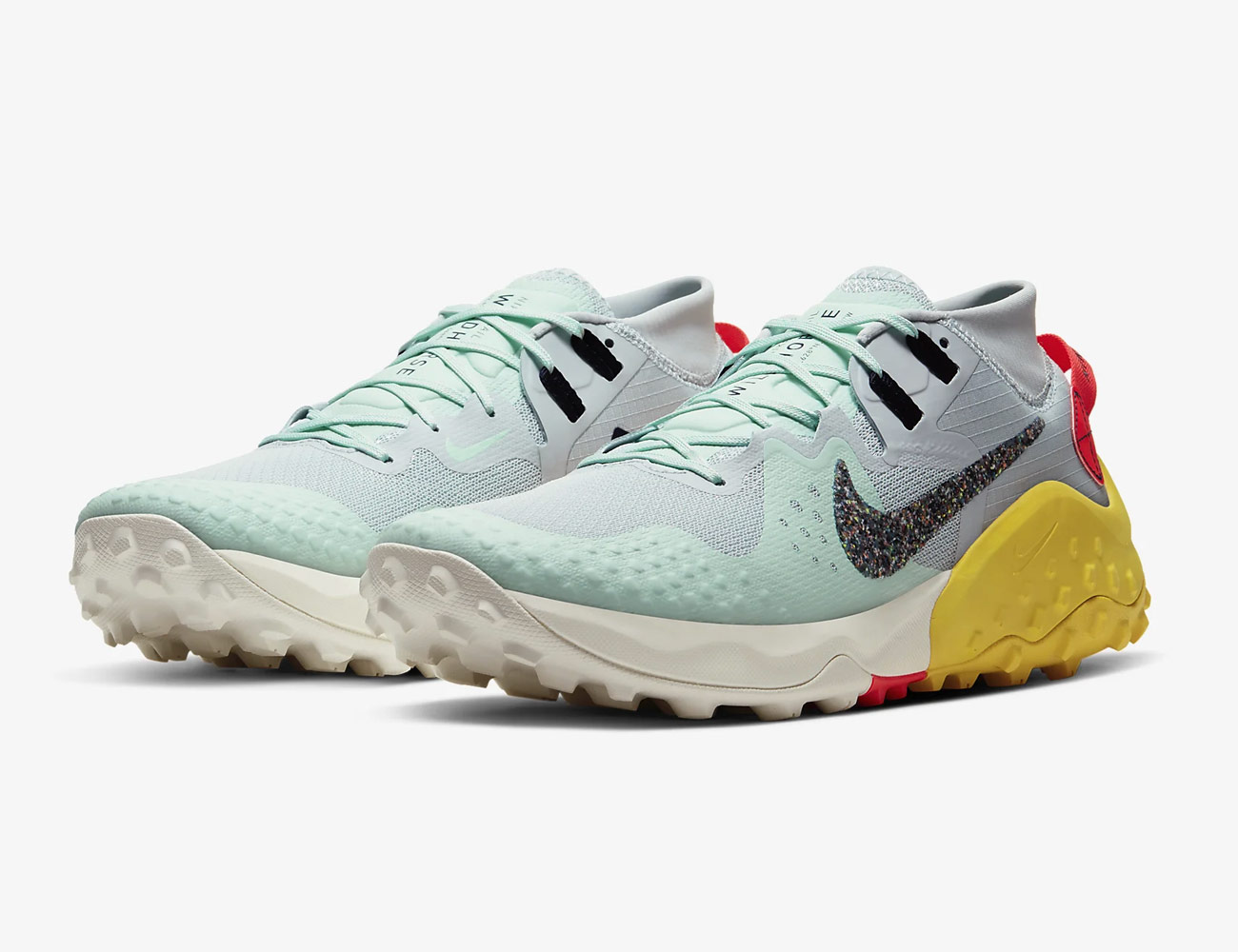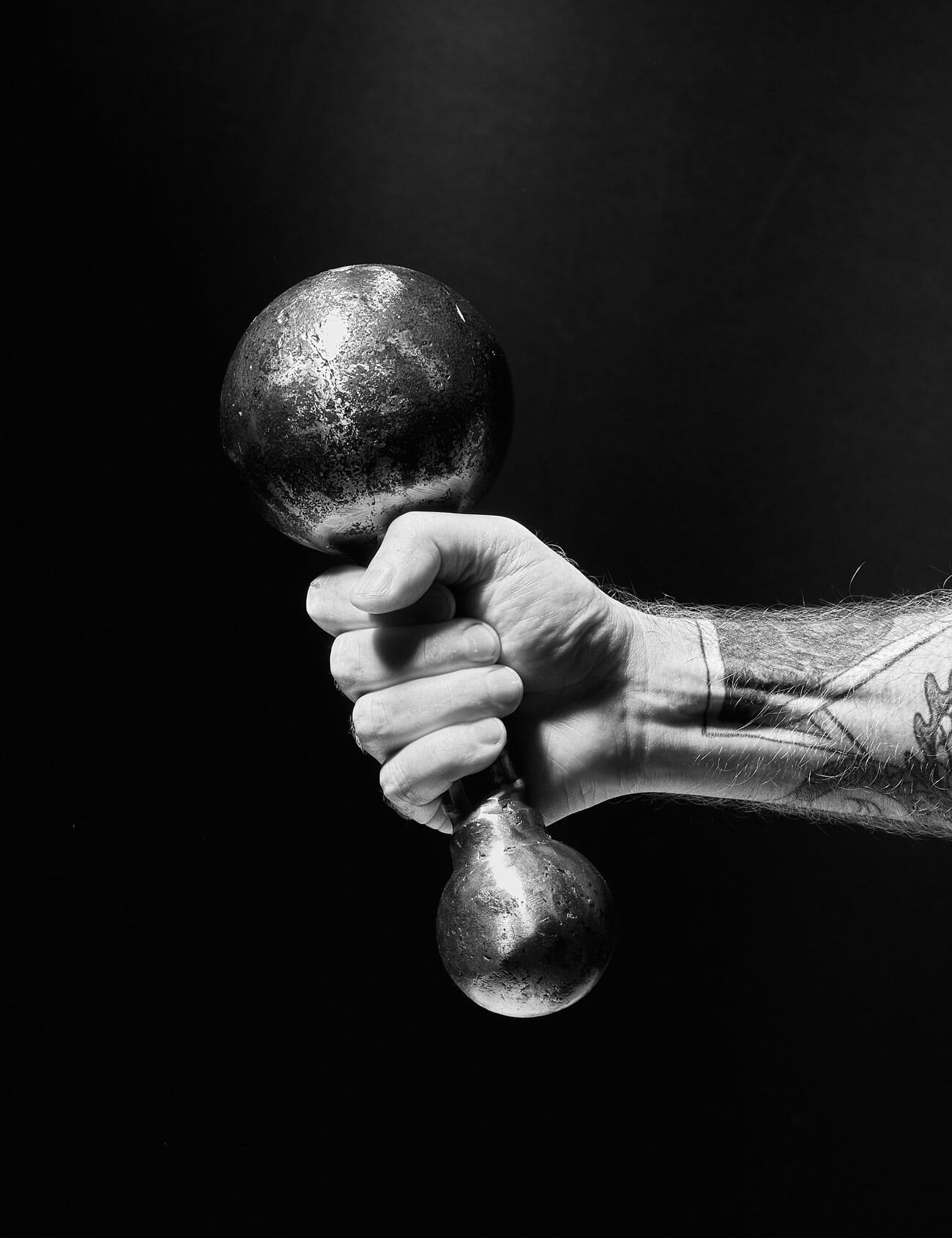The Best Way to Improve Your Athletic Performance Is Also the Most Earth-Friendly
If there is a man who appears to be the archetype of testosterone-fueled strength, it is California’s former governator, Arnold Schwarzenegger. What do real men, men like Conan the Barbarian, the Last Action Hero and the Kindergarden Cop eat? Steak, of course. Giant heaping piles of it. Indeed steak is so synonymous with strength that “strength” is the title of this slightly weird marketing booklet from the National Cattlemen’s Beef Association.
Endurance athletes too are often urged to draw strength from meat. I have been paid to exercise at various points in my life and cannot count the times I have been served a giant bleeding hunk of cow the night before I set off into the depths of aerobic exhaustion. This practice, it seems, has historical precedent. According to one peer-reviewed article by respected sports science guru Asker Jeukendrup, and of course the film A Sunday in Hell, steak and chicken wings were the fuel of Eddy Merckx, perhaps the greatest cyclist ever to have turned a pedal.
But the times, and the breakfasts of champions, are changing. If you had access to the internet or the supermarket in the past few months, you are probably aware of The Game Changers, which features, among other luminaries, the seven-time Mr. Olympia himself. The film follows UFC fighter James Wilks as he attempts to recover from injury using a plant-based diet — and portrays ditching animal products as not only healthy, but also a significant boost to the performance of elite athletes.
Since the film’s release, it has come under pretty severe criticism from both sports nutritionists (including Jeukendrup himself) and other vegan advocates for its clear bias, use of logical fallacies and cherry-picking of evidence. Additionally, the film’s executive producer, James Cameron (who also, incidentally, directed Arnie’s Terminator), owns a plant-based protein company: Verident Foods.
But just because the film stretched the truth doesn’t mean there wasn’t truth in it. It has started a conversation on plant-based diets that, in the face of an epidemic of obesity, increasingly severe climate change and a growing global population, we really need to be having.

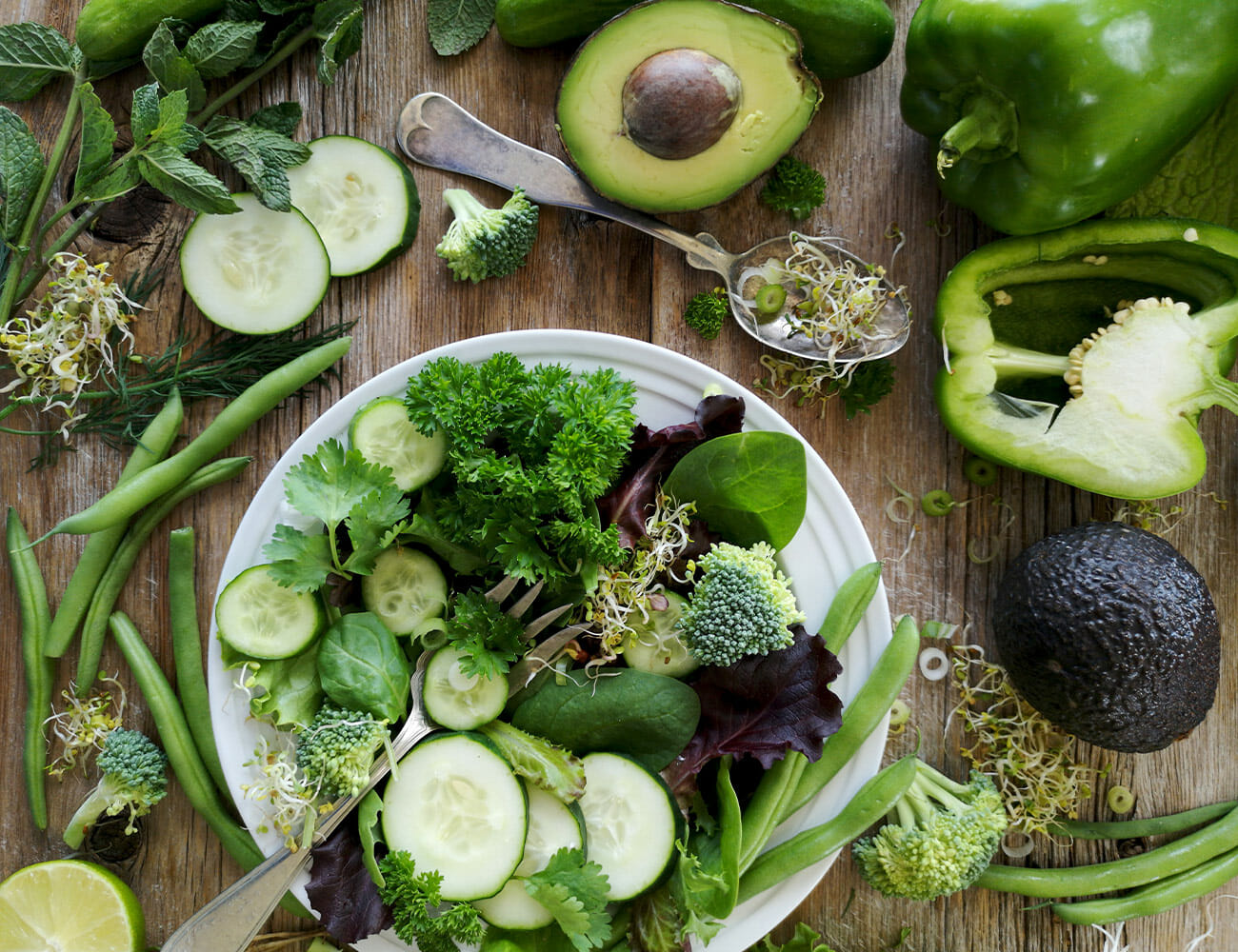
Kernels of Truth
We asked Registered Dietitian and athlete Matt Ruscigno, MPH, author of Plant Based Sports Nutrition, for his take on the film and on how a vegan diet can help athletes. Ruscigno is quick to point out that, although scientific rigor is important, especially to someone in his field, “it’s seeing experiences that help people change.” He adds that people are generally unaware that it is possible to be a top-level athlete and be vegan, so in this regard the film is doing a valuable job in raising awareness.
Ruscigno doesn’t necessarily say going vegan will transform your performance, but he does point to evidence that including more whole plant foods in your diet, as opposed to supplementing with vitamins, just might. One claim made in Game Changers (and all over the internet) is that plant-based diets reduce inflammation. The problem here is one of precision. Some inflammation is good; it is what lets the body know that it needs to build new muscle because the old stuff has been damaged. So loading up on Advil and Vitamin C supplements (which contain inflammation-fighting antioxidants) won’t make you faster, but eating a healthy plant-based diet might help moderate that inflammation and boost recovery.
“Inflammation is a real thing, and there is cellular damage from physical activity, and nutrition does play a role,” says Ruscigno. “There is some evidence that the antioxidants [from plants] do play a role in speeding recovery and reducing inflammation. How much of a difference? That’s not an answer I’ve seen.” Anecdotally, athletes from top US Olympic weightlifter Kendrick Farris to tennis legend Venus Williams credit their vegan diets with bouncing back faster.
A study published in the Journal of the American Heart Association did show that a vegan diet reduced inflammation in people with heart disease more than the AHA’s recommended diet, but this doesn’t have a direct analog in terms of performance as an athlete. However, given that athletes are at a higher risk of cardiovascular issues, it might be a good idea to get out ahead of them with a diet that is likely to reduce that risk. It is certainly clear that eating a plant-based diet won’t harm your recovery, and it seems like eating lots of plants might help. It will certainly reduce your risk of dropping dead, even when compared to a healthy omnivorous diet.
The knee jerk objection to vegan diets is, of course, that you won’t get enough protein to replace all that steak that you could be eating. This idea is based in the myth that plant foods don’t contain enough of the amino acids that combine to form proteins; plant proteins are often called “incomplete proteins” for this reason.
Ruscigno says this belief is largely unfounded: “All whole plant foods have all of the essential amino acids! Every one of them. It’s a misnomer they are missing. This is because not every serving contains the exact minimum need for every amino acid. But that’s okay because we eat, or should be eating, a variety of foods and it adds up in the end.” So essentially, as long as you eat a varied diet you will get enough of all the essential amino acids to build muscle. The answer to the age old “where do you get your protein?” question is… from food.


Photo via HSPH Harvard
Changing for the Better
There’s also a stigma around soy that is largely unfounded. There were some small studies 30 years ago that suggested it would somehow make you less manly, but those results haven’t been repeated. If you’re worried about phytoestrogens in soy making you grow man boobs, consider that there are actual estrogens in dairy milk and those, as well as the phytoestrogens in soy, are not going to be a problem unless you hook yourself up to some kind of dairy IV.
For elite athletes, it seems pretty clear that it is possible to be vegan and not see any compromises in performance. Venus Williams, Lionel Messi, Colin Kaepernick, legendary strongman Patrick Baboumian, and 11 members of the Tennessee Titans are vegan and doing just fine. Of course, these athletes do take great care over their diets, but everyday athletes could also benefit from a plant-based diet.
I started eating vegan about a year ago, and simply removing gas station candy bars and giant coffee shop muffins on long bike rides and grabbing something like a banana, or a pack of Swedish fish, has helped me get a little leaner. I also don’t tend to get that post-stop slump when I eat easier-digesting carbs and don’t load up on fat. Yeah, there are vegan muffins, and non-vegans could eat bananas, but taking the bad choices away and making it easier to eat plants reduces some of the decision fatigue that comes with healthy eating.
The case for going plant-based extends beyond the performance aspect, too. A pretty solid scientific consensus indicates that plant-based eating reduces your carbon footprint, and if you like to play outside, that should be important to you. It’s also true, as Ruscigno points out, that many of us turn to plant-based foods before and during exercise anyway because they digest easily. Bananas, peanut butter, oatmeal and bagels are staples of just about any pre-marathon breakfast buffet, and they’re all vegan. The other stuff we eat after competing because we know it might not sit so well… which might lead one to question if we need to eat it at all.
Of course, switching from an omnivorous diet to a vegan one is not easy, and you could get many of the benefits of a vegan diet from simply eating more plants and less meat. For me, the only really winning argument for a vegan diet was driving past cattle farms in the desert. I grew up farming sheep and spent a lot of time helping other people farm cattle. I don’t like seeing animals suffer and I don’t want to have any part in that. For me, the most compelling argument will always be the moral one.
Switching to a plant-based diet, in my n=1 experience, has helped me as an athlete. Most plant-based foods do contain carbohydrates, and carbohydrates play a crucial role in fueling exercise. It’s easy for athletes in endurance sports to under-consume carbs in the post-Atkins era. Now that I have switched chicken for chickpeas, I am getting more slow-digesting healthy carbs at every meal. As for protein, it really isn’t that hard to get. I eat quite a lot of food thanks to my endurance sport habit, and most of that food has protein. I haven’t noticed myself sucking, or shrinking.
If you’re looking to replace candy bars and protein shakes, there are healthy vegan options. But as Ruscigno points out, the best vegan snacks and protein products are the ones you already know about. Nuts and seeds last forever, taste great, don’t come with weird ingredients and boast a balanced nutrition profile. Like it or not, you might actually be pretty close to a plant-based diet already.
4 Vegan Snacks We Love
Rawvelo Organic Energy Bars
Rawvelo, a UK-based manufacturer, makes bars out of real fruit and nuts that I love to eat at the point on those long bike rides that I would normally be stopping at a 7-11 for a king-sized Snickers. The 20-bar variety pack lets you mix and match your favorites.
True Nutrition Whey Protein Isolate Cold-Filtration
True Nutrition make a great vegan protein blend that allows you to pick what you want added, which sweeteners you prefer, which plant-based proteins you would like in your blend and packages protein in pouches instead of large wasteful plastic tubs. Choose from a bunch of different flavors and boosts for the Whey Protein Isolate Cold-Filtration pouch and get a base of 27g of carbs and 110 calories per serving.
GU Hoppy Trails Energy Gel
Nearly all of Gu’s sport nutrition products are vegan, and the brand also goes to great lengths to source vegan amino acids for its Roctane gels. With the huge variety of gel and drink flavors, GU has you covered for just about all of your carbohydrate needs. The brand also partners with Terracycle to recycle packages, and make an energy gel that tastes like beer — in a good way.
Peanut Butter and Jelly Sandwich


You’re a grown-up now, get yourself some peanut butter than only has peanuts and salt in it,and some raspberry jelly or jam. You deserve it, and it’s still cheaper — and tastier — than just about any protein bar you’d consider eating.
|


